|
Back in 2017, we launched the Preservation and Enhancement Fund of Mount Olivet Cemetery, a 501 © (3) nonprofit entity with a goal of showcasing and securing our amazing cultural landscape. As many know, we possess a unique blend of nature, art, and architecture symbolically memorializing the human condition. With the assistance of cemetery staff and our Friends of Mount Olivet (FOMO) membership group (begun in Spring, 2020), the non-profit's mission is to preserve the cemetery's historic records, on-premises house and chapel structures and, most noticeably, thousands of vintage gravestones and monuments. Our hope is to educate visitors and Frederick residents alike by sharing the fascinating background of Mount Olivet and those who reside in it, numbering nearly 41,000. The “Friends” group is active in related activities designed to generate enthusiasm in not only history research and gravestone preservation, but continued fundraising while spreading community awareness of this special place. We attempt to accomplish this through engaging and entertaining educational lecture programs, walking tours, special events and anniversary commemorations. Last summer, our Friends group established the Mount Olivet Monument Hall of Fame. We inducted seven monuments, including our most famous in Francis Scott Key, as part of the inaugural class. In talking with colleagues and other members of our Friends group, we found it best to frame this new “Hall of Fame” on the monuments, themselves, and not specifically on the person (s) buried beneath. So, it is the above-ground masterpiece of art and craftmanship that provides the criteria for consideration, nomination and election to our “Mount Olivet Monument Hall of Fame.” Unlike other "Halls of Fame" (ie: sports, music, etc.), we didn't have to build a gallery on our grounds, as we already have one! The memorials are already in place, some for well over a century and a half already. All inductees appear in the form of a virtual gallery on the MountOlivetHistory.com site. Last year, the inaugural class of recipients was formulated by yours truly with help from Mount Olivet Superintendent J. Ronald Pearcey. We announced the esteemed monument choices by way of a walking tour, as part of our first annual Friends of Mount Olivet picnic held last year. This year, we put the task to our Friends of Mount Olivet. A nominating committee within the Friends group was formed in early summer and headed up by Mike and Sheila Schaden. Nominees (put forth by Friends members) were submitted throughout the summer and a narrowed down list of 20 was officially introduced at this year's picnic. The voting commenced with both in-person, online and mail-in ballot from our FOMO membership. Mike and Sheila handled the entire process, and I can attest to the fact that there was no question of voter fraud ranging from stuffing ballot boxes and "dangling chads" to faulty machines or lack of voter ID. So, with no further ado, I present to you, the reader, our inaugural class of 2022 for the Mount Olivet Monument Hall of Fame. Emily Blair Gravestone Location: Area H/Lot 477 Date of Placement: October, 1915 Decedents: Emily (Johnson) Blair This is a monument that has largely flown under the radar. The natural elements here depicted were magnificently carved in marble and include a cross crafted to look like it was made from wooden logs. It appears to be held up by a pile of rocks and features a dove, flower and fern. Remember that this was all carved by hand by a skilled stonemason without the use of a machine or computer. Most importantly, all this detail was applied to the same chunk of marble. Since we are here, I will admit that I already know a bit about the decedent this monument memorializes because I wrote a story about her family back in May of 2017. Emily (Johnson) Blair was the daughter of a Frederick native and physician named Dr. James T. Johnson. Dr. Johnson was part of the widely known family of that name and fame in our community and served as a surgeon under the Confederacy during the American Civil War. Emily gave birth to a son, Francis Preston Blair III, on September 3, 1891 but would endure complications from the childbirth and developed Puerperal Pyrexia, dying just over two weeks later on September 19th, 1891. She was only 32. Emily had married Cary Montgomery Blair the previous year and the family was living in Huntsville, Alabama at the time of her death. Cary had come from a high pedigree family as well as he was the son of famous Union Civil War Gen. Frank Preston Blair. Frank's father also served as a US congressman from Missouri. Cary Blair's grandfather was Kentucky newspaper editor and politician Francis Preston Blair, who, in 1840, came across a mica-flecked spring near, what is today, Georgia Avenue near the Washington, DC line. The location today is Acorn Park at Blair Mill Rd., Newell St. and East-West Highway. The elder Blair decided he liked the location so much that he would acquire the property surrounding the spring and build a summer home for his family, away from the sweltering, malaria-infested confines of the capital city. Mr. Blair constructed a 20-room mansion on the parcel and called it “Silver Spring.” Cary’s uncle, Montgomery Blair, represented Dred Scott in the landmark Supreme Court case and served as mayor of St. Louis and Postmaster General under President Lincoln. Cary Blair would not recover from his wife’s premature death, and lived a reclusive existence in Colorado and Texas until his own death in 1944. Son Francis was adopted and raised in Philadelphia by Cary’s brother, dying himself in London in 1943. Emily was originally buried alongside her father in Huntsville's Maple Hill Cemetery, but their bodies (and gravestones) would be reinterred in a new family lot in Mount Olivet in October, 1915. READ MORE "STORY IN STONE" Nellie Burrier and her Flowery Gravestone Location: Area OO/Lot 61 Date of Placement: June, 1909 Decedents: Nellie Burrier Just look at the level of detail utilized in carving this beautiful flower. The principal floral design chosen for this grave is in the form of an Easter lily. Lilies symbolize innocence of the soul and resurrection. A few years ago, assistant cemetery superintendent Rick Reeder pointed out to me this beautiful grave monument belonging to one, Nellie Burrier. This can be found on Area OO/Lot 61, with a backdrop of Harry Grove Stadium. Miss Burrier was born on May 9th, 1886, the daughter of Charles D. Burrier (1841-1892) and wife Catherine Hoke Burrier (1846-1935). Catherine Hoke Burrier was the daughter of Samuel Hoke, who possessed a sizeable series of farmsteads in the vicinity of Ceresville, with a home dwelling across from the famed Ceresville Mill. Nellie was the youngest of eight siblings and raised on her family’s farm located in Mount Pleasant, just east of Ceresville and northeast of Frederick City. Nellie’s father passed away when she was five. I couldn’t find much about Nellie outside her attendance at local schools and partaking in friends’ social gatherings. An article exists that says she enjoyed a party in early spring 1909. Unfortunately, weeks later she would wind up in Frederick’s fledgling City Hospital in May, suffering from appendicitis. By the end of the month, a newspaper mentioned said that she was doing much better. However, Nellie Burrier took a turn for the worse and died from complications of appendicitis on June 5th, 1909. She was laid to rest here in the cemetery, and her family placed a beautiful marble monument atop her grave. READ MORE "STORY IN STONE" John Engelbrecht Memorial Location: Area E/Lot 33 Date of Placement: after 1855 Decedents: John Engelbrecht, Margaret Engelbrecht, Theodore F. Engelbrecht, Charles P. McMullin One of the largest monuments in the cemetery's original, historic section can be found along the central drive on the northern ascent up Cemetery Hill. The depicted figure atop this monument is a winged angel who seems to be holding a book or ledger of importance, likely representing the bible or the book of life. As the agents of God, angels are known as guardians of the dead and signify spirituality. They guide the soul, pray for the soul in purgatory and direct the living visitor to think heavenward. You may notice that this angel's right arm is broken off. I don't know when or how this occurred, but I bet if we excavated the area we would find the missing appendage. Regardless, the severed limb gives a Roman or Greek antiquities feel to not only the monument, but also the cemetery as you see it in context. This is the final resting place of John Engelbrecht (1790-1847). The name should ring a bell, or better yet, conjure up a note, as he was the older brother of Frederick diarist Jacob Engelbrecht. John was the son of a German Hessian soldier captured during the Revolutionary War and held as a prisoner at the Frederick Barracks just a block north of the cemetery. His father chose to stay here after his release and became part of the Frederick fabric, working as a tailor and attending Evangelical Lutheran Church. John Engelbrecht also enjoyed gardening and song, as he was a musician who participated in two local bands of note: the Harmony Band and the Jubalean Band. He married Margaret McMullin (1798-1880) and had at least two known children (Theodore Frederick (1821-1867) and John Conrad (1819-1906). Jacob Engelbrecht wrote the following in his diary upon John's death: "Died this day at 5 Minutes before 2 o' clock PM my Brother John Engelbrecht he was born in this town "June 1st 1790." Consequently his age was 56 years 7 month and 12 days. Complaint dropsy. His son John C. is here now, but his son Theodore F. is in New York City." -Thursday January 12, 1847 3 o'clock PM Unlike the simplicity exhibited in the humble grave markings of his "well-known" brother (Jacob), parents and other siblings, John Engelbrecht's grave is quite expressive in size and scope. He was originally buried in Frederick's Lutheran graveyard between East Church and East Second streets, and behind the church edifice. Mount Olivet opened in 1854, seven years after his death. Our records show that his body was removed here a year later in 1855. I assume the monument came at that time, as the Lutheran graveyard could not accommodate a monument of this size, not to mention an iconic Victorian style and design that was more suited for the new cemeteries of the period, rather than a church graveyard. Hett/Reifsnider Monument Location: Area LL/Lot 150 Date of Placement: after 1937 Decedents: Clarence H. Hett, Naomi A. (Reifsnider) Hett, Nelson H. Reifsnider, Nena (Knott) Reifsnider, Samuel D. Reifsnider, Sarah A. (Hollinger) Reifsnider, Robert R. Reifsnider, Clytie A. (Baker) Reifsnider, Naomi L. (Hett) Passmore So I'm no architecture student and am humbly open to correction from readers. I would classify the Art Deco style utilized for this standout monument in Mount Olivet's Area LL/Lot 150. The characteristics of Art Deco reflect admiration for the modernity of the machine and for the design qualities of machine-made objects involving relative simplicity, planarity, symmetry, and unvaried repetition of elements. Regardless, this piece of granite marks the resting place of Samuel David Reifsnider (1855-1921), his wife Sarah Alberta (Hollinger) Reifsnider (1854-1926) and three of their children and family members: Nelson Hollinger Reifsnider (1880-1958) and wife Nena Caroline (Knott) Reifsnider (1880-1947), Naomi Alberta (Reifsnider) Hett (1882-1957) and husband Clarence Henry Hett (1879-1937), their daughter Naomi Lucile (Hett) Passmore (1908-1951), and Robert Raymond Reifsnider (1886-1966) and wife Clytie Almeda (Baker) Reifsnider (1890-1961). Another daughter, Edna Lucille (Reifsnider) Duvall and her husband Carl Duvall, are buried in Area GG, while two children who died as infants (Rea Halbold Reifsnider in 1888 and Samuel Miller Reifsnider in 1894) are buried in Area R. Samuel Reifsnider was a miller, who owned and operated Glissans Mill from 1877 to 1880, and Carroll Creek Mill, later known as Reifsniders Mill, from 1893-1913. The latter, originally built by Daniel Dulany about 1746 and at one time owned by Col. Edward Schley, was located on Gas House Pike near the current Frederick City Wastewater Treatment Plant at the mouth of Carroll Creek. The mill was flooded badly in August 1911, and struck by lightning and burned in July 1912. After Reifsnider sold the mill and his adjacent home in 1914, he moved into Frederick City, building a house at 236 Dill Avenue. Son Nelson Reifsnider operated a feed and grain warehouse on N. Bentz St. and lived at 608 Trail Avenue. Son-in-law Clarence Hett and his family lived in Philadelphia where he ran a hair cloth mill. Son Robert Reifsnider was a mechanic for the Baltimore Police Department, but retired in the Frederick area. Krantz Monument of Hope Location: Area H/Lot 156 Date of Placement: 1901 Decedents: Mary C. Krantz, Edward D. Krantz, Catharine E. Krantz, A picturesque scene can be found in Mount Olivet’s Area G. Standing high above all surrounding others is the funerary monument of Edward C. and Mary Catherine Krantz. The towering gravestone was erected in the waning years of the Victorian Era (1832-1903) and displays the high ornamentation that characterized that time period. The era was an eclectic period in the decorative arts with several styles—Gothic, Tudor, Neoclassical—vying for dominance. This was true in architecture, furniture, and, of greatest interest here, the funerary arts. In cemeteries, gravestones became taller, embellished and sentimental. This particular grave monument on Lot 156 features a shrouded woman with arms folded across her chest, gazing upwards toward the heavens in what appears to be prayer and contemplation. The white marble statue sits atop a polished, granite base. Altogether, the work stands roughly 10 feet in height. The monument itself is a paean to Victorian design—possessing an air of triumph, symbolism and sentimentality. Upon closer inspection, one will notice that the woman has a chain draped around her neck which extends down and across her chest to an upright anchor at her side. One of the anchor’s spades is partially concealed under the rear of her robe. Look carefully and you will see that the chain is actually depicted as being broken at the point it reaches the eye-hole atop the anchor. READ MORE "STORY IN STONE" 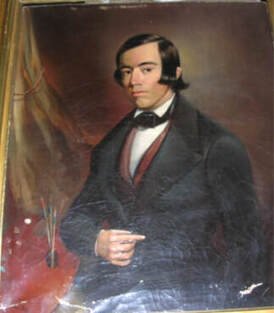 Self-portrait of John J. Markell Self-portrait of John J. Markell John J. Markell and Family Monument Location: Area D/Lot 71 Date of Placement: after 1866 Decedents: Artist John J. Markell and parents Samuel and Amelia Markell When seen draped and empty, an urn symbolizes death, the final partition, separating the living from the dead. The return of the body back to ashes, and dust, leading to the soul's rebirth in the next realm. This tops a monument in Mount Olivet's Area D that can simply, and fittingly, be seen as a "work of art." This monument rests over the grave of Samuel and Amelia Markell, and their talented son John, an artist who died whilst only in his early twenties. John Johnston Markell was born on June 17th, 1821, and likely received his education at the Frederick Academy, where his father had been appointed to teach the Introductory School in 1809. In 1827, Samuel Markell would oversee the Third Department, which I'm guessing would denote secondary education. As for artistic talent, John J. Markell was self-taught as a painter. He may have gained inspiration from miniature portraits of his parents that were painted at the time of their wedding. A depiction of Amelia Schley Markell dates to March 9th, 1815 and was done by the Swiss itinerant artist David Boudon. John J. Markell was only 17 years old when he painted his first self-portrait in 1838 in Philadelphia. Even at an early age, he clearly knew he was an artist, and holds, in his hand, several brushes to identify himself as an artist. By 1839, at the age of 18, he was found living in Leesburg, Virginia., and advertising his services as a “Portraits and Landscape Painter.” Markell had embarked upon the life of an itinerant portrait artist, travelling to various locations and offering his unique services to the local population. Markell only lived to age 23 and was buried in the German Reformed burial ground (today's Memorial Park) on the corner of W. 2nd and N. Bentz streets. In 1866, John Markell and his father were reinterred to Mount Olivet's Area D. The monument here befits a talented artist as it is a masterpiece unto itself. It truly looks a hundred times better than ever these days after our FOMO Group (lovingly known as "The Stoners") gave it a solid cleaning last summer. (Check out the amazing "Before and After cleaning" photos below) 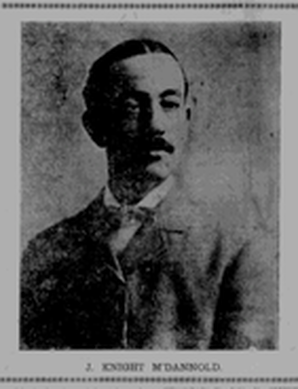 John Knight McDannold "Tiffany's Monument" Location: Area F/Lot 53 Date of Placement: c. 1899 Decedents: John Knight McDannold The final gift of a loving (and extremely wealthy) grandmother to a favorite grandson, this Celtic Cross is something to behold. What makes it even more special is the fact that its maker is the famed Tiffany & Co. (jewelers) of New York City. John K. McDannold’s obituary described him as: ”a young man highly esteemed and beloved by a wide circle of friends here in Frederick. Endowed by means, and possessing a generous disposition, his deeds of kindness knew no bounds and the generous impulses of his nature often responded to appeals of those in need. With the exception of intervals after the death of his parents, he resided in Frederick. He was fond of traveling and while away from home made many close and lasting friends. He inherited an affectionate disposition and in turn was idolized by an aged grandmother whose grief is incredibly great.” Born in Orange, New Jersey, the recipient of this magnificent monument spent much of his youth living in Manhattan (New York City). John and his sister lived with their maternal grandmother in downtown Frederick during the 1890s after losing both parents at a young age. He would join them here in the family cemetery plot in 1899 when his ill-fated journey to Cuba with a friend stalled in Savannah, Georgia. It was here that he came down with a fatal case of pneumonia. John Knight McDannold died just a few days later. It is said that his funeral was the largest attended up to that time. READ MORE "STORIES IN STONE" Capt. Cornelius A. Staley "White Bronze" Marker Location: Area P/Lot 139 Date of Placement: after 1883 Decedents: Capt. Cornelius A. Staley and wife Mary A. C. Staley At first glance you may, or may not notice, something quite peculiar about this monument. Unlike its lithic brethren here in Mount Olivet, it is man-made of metal and not a carved stone from nature. This was a very popular and stylish type of grave memorial that arose in the last few decades of the 19th century and known as “white bronze” markers. We have 20 of this unique variety here in the cemetery. These standout funerary memorials (also nicknamed "Zinkies") were the brainchild of a man named Milo Amos Richardson (1820-1900) and business partner and brother-in-law, C. J. Willard. Mr. Richardson worked as a cemetery superintendent in Chautauqua County, New York, and had observed the need for a new and better material for cemetery monuments. He set out to develop a solution of creating a material for memorials that would repel moss, algae and lichen, invasive and unwelcome guests that take up residence on traditional gravestones, especially monuments in shady locations within cemeteries characterized by abundant tree cover or dampness. Richardson and Willard’s formula centered on the use of zinc carbonate. Amos Richardson, along with two business partners, tried to get a company off the ground but failed. In 1879, the rights were sold and a new company, the Monumental Bronze Company, was incorporated in Bridgeport, Connecticut to manufacture these new monuments. One more innovation (that white bronze made possible) resided in the opportunity for customers to employ a myriad of popular symbols and designs of the late Victorian period on these unique monuments. These beautifully ornate memorials became a high-selling novelty especially in the northeast, and the examples that have remained are well over a century old and look virtually new, so to speak! The name “white bronze” was given as it certainly sounded more elegant than zinc. As for Captain Cornelius Staley, I've included his biography below and taken from Williams' History of Frederick County. Terra Cotta Marker Location: Area A/Lot 116 Date of Placement: July 1874 Decedent: Arfue Brooks One of the smallest grave monuments within Mount Olivet is also one of the most thought provoking. In addition, this final resting place of a child, who died in 1874, is among the most eye-catching, as it clearly stands out against a backdrop of 40,000 other gravesites. The memorial in question is not made of marble or granite, and deceives some into thinking that it could be an above ground crypt—crafted in the shape of a small sarcophagus from ancient time. Before receiving a thorough cleaning a few years back from cemetery superintendent J. Ronald Pearcey, you wouldn’t have even noticed this memorial to Arfue Brooks. And if, indeed, you did find it, an attempt to read the name carved on the exterior would have been a futile and frustrating chore—but not anymore. A bas-relief figure of a sleeping child conjures up a melancholy feeling as the onlooker is tipped off to the occupant’s age and innocence. In contrast, a sudden feeling of warmth (in any season) may follow, thanks in part to the brown-orange hue of the monument— a diversion from the vast sea of whites, grays and blacks that can be found throughout the grounds. As far as I know, this is the only terracotta monument of this color and design within the cemetery. Through research we learned that Arfue's memorial was made by a firm in Philadelphia. READ MORE "STORY IN STONE" 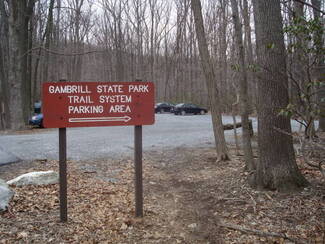 Winebrener/Gambrill Family Monument Location: Area Q/Lot 24 & 26 Date of Placement: after 1902 Decedents: D. C. Winebrener, Sr., Rebecca B. (Markey) Winebrener, James H. Gambrill, Jr., Susan M. (Winebrenner) Gambrill, Rebecca G. Gambrill This monument has been one of the most photographed in the cemetery boasting a defiant woman wielding a cross and having an upturned finger towards heaven. The message should be clear to anyone viewing this art sculpture in stone that there is no doubt that the decedents buried here were religious, righteous and destined for heaven. It's no surprise that the strength of this monument perfectly represents the lives of those buried beneath, particularly D.C. Winebrener and son-in-law James Henry Gambrill, Jr. (1866-1951). Both men were prominent businessmen, and extremely civic minded. Winebrener is best remembered for the "double-store" he operated at 144-148 North Market Street in the late 19th century. James Gambrill took over the prosperous mill begun by his father on Carroll Creek at Carroll Street. We know this structure today as the Delaplaine Arts Center. Mr. Gambrill is best remembered today for his love for conservation as he is responsible for bringing awareness to many natural areas across the state, but none more special than Catoctin Mountain immediately west and northwest of Frederick City. His efforts would eventually lead to the creation of a state park which would take the Gambrill name. Both men and their spouses warrant separate "Stories in Stone" articles, which will be coming soon. So there you have it, the Class of 2022 of the Mount Olivet Monument Hall of Fame. To see last year's inaugural class, click the MORE header tab on our MountOlivetHistory.com website to find the link for the official Monument Hall of Fame gallery page. Please consider joining our Friends of Mount Olivet membership group and you too can help nominate and choose next year's monument inductees. Most importantly, you would be helping us preserve and interpret these special stones into perpetuity. We have a Prospective Members Day coming up on Tuesday, October 4th. If you are interested in hearing more about the Friends of Mount Olivet, come out as we will also be taking a walking tour of some of the Hall of Fame monuments.
Friends of Mount Olivet Prospective Members Day TUESDAY, OCTOBER 4th (Meet at the Key Chapel/behind FSK monument) 10am session 6pm session (2-hour session includes light refreshments and a history walking tour) BECOME A MEMBER 0 Comments
1 Comment
The annual “summer to fall passage” includes the period when kids go back to school, football season kicks off, and Market Street is closed off to pedestrians for “In the Street.” The true punctuation mark that summer is yielding to the splendor of fall and pumpkin-flavored novelties is our beloved county fair, a hometown tradition—as nothing says home like the Great Frederick Fair! For those old enough to remember, the fair itself formerly was held in October (and fall itself) to correspond with the yearly harvesttime. It may not be a largely publicized fact, but this year marks the 200th anniversary of an event that occurred in May of 1822. This was the first exhibition and cattle show in Frederick’s history. It was put on by the newly formed Frederick Agricultural Society and took place on May 23rd and 24th, 1822 at George Creager's Tavern near the Monocacy Bridge, two miles east of Frederick on the Old Baltimore Turnpike Road. I performed some research on the Great Frederick Fair’s earliest origins a decade ago and found that the tavern in question was actually called the Monocacy Bridge Hotel, owned by Levi Hughes. Mr. Creager apparently rented from Hughes and eventually ran into financial hardships resulting in him being sued for funds owed his landlord. The old hotel once faced south, overlooking the current Park & Ride facility that sits off MD144 two miles east of Downtown Frederick (and roughly a mile and a half from the present fairgrounds property). The original cattle exhibition was held on grounds just west of the Monocacy River and the original Jug Bridge built in 1808. 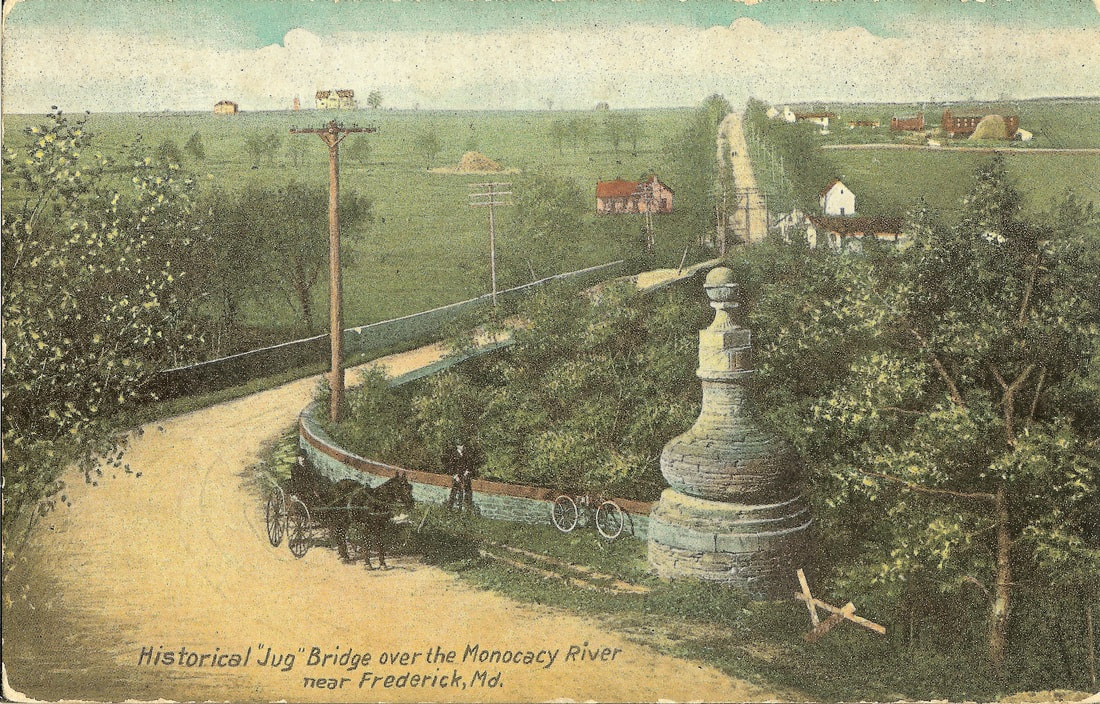 1900 vintage postcard looking west across the Monocacy River and famed Jug Bridge. The first cattle show was held on the farmland to the left of the Old National Pike that bisects the image. The Old Monocacy Bridge Hotel can be seen in the distance (white house fronting pike and to the left of the red barn) To my knowledge, cows haven’t been on this property in years, but retail vehicles and golf balls abound (thanks to an rv sales dealer and driving range) in this unique triangle formed between the mighty Monocacy, I-70, the Old National Pike (MD144). I was able to piece together the agricultural event's colorful history of the 1800s, and was honored to have the Fair Board “exhibit” my findings (complete with appropriate visuals) in the form of a large interpretive mural display. It can be found in the east entrance to the Null Building at the fairgrounds. It's a tapestry of sorts, actually printed on fabric and pulled taut by a metal frame. If anything else, it makes great reading while waiting in line for the public restrooms found adjacent the exhibit. Mount Olivet has many connections to the best, and brightest, fair in the state, and we have done a number of stories under this blog heading to highlight some of the folks who have played significant roles in making the fair so successful and special. A few years ago, I even conducted a special walking tour at Mount Olivet on what has been called “Fair Day,” traditionally the second Friday while the event is in session. This was an unofficial, local holiday of sorts throughout my youth and beyond as kids used to get the full day off school. Today it’s simply an early dismissal situation, but the opportunity is still offered for children of all ages to come out to enjoy the spectacle on a weekday. One of the stops on our cemetery walking tour included a name once keenly associated with the fairgrounds—Charles N. Daugherty. At first, you may think he was the originator of a bustling breakfast haven that sits up on the northeast loop of the track, not far from Hemps. However, this vendor is Dougherty’s County Kitchen, and not Daugherty’s. It is named for Harry Baxter Dougherty, Jr. (1935-2018), a legendary concessionaire from Taneytown who was here at the Frederick Fair with his Country Kitchen for 48 years. He owned a successful ice company, Ice Cream Shack and real Estate operation. Even after Harry Dougherty's death, the Country Kitchen remains in residence here for the elongated "Fair Week." Meanwhile, Charles Daugherty was a permanent, year-round fixture of the Frederick Fairgrounds. This familiar figure served as the property’s caretaker. Charles N. Daugherty came to Frederick via Gettysburg in the year 1909, at which time he was appointed caretaker. The fairground was only 40 acres in size, but would be enlarged to 60 during his tenure. He had a hand in building, re-building and supervising construction of all the structures on the premises before his retirement in 1950. He has been described as a “versatile artisan” and spent nights here when the grounds were bustling with fairgoers in the heart of fall, all major holidays and the darkest/coldest days of winter. Charles Norman Daugherty was born on February 18th, 1879, the son of Jacob L. and Mary (Pfeffer) Daugherty. He spent his youth on the family farm in Cumberland Township, Adams County, PA. He was married on December 8th, 1901 at the Mount Joy Lutheran Parsonage in Barlow, Adams County, PA. His bride was a Frederick girl named Mary Maud Solt, daughter of Jacob Berry Solt, the then-caretaker of the Frederick Fairgrounds on East Patrick Street. The young couple lived in Cumberland Township after their nuptials and would have three children: Margaret (b. 1902), Edward (b. 1908), and Mary (b. 1911). They would move to the Frederick area before Edward's birth in 1908. In 1909, Jacob B. Solt announced his intent of retiring from his position as keeper of the Frederick Fairgrounds. He asked the Fair’s Board of Directors if his son-in-law, Charles, would be permitted to take over his job. Mr. Solt went one step further in promising that if Mr. Daugherty did not perform job duties to a satisfactory manner, that he would re-assume duties as keeper. Charles got the job and, sufficed to say, successfully passed his 90-day review and then some. By the year 1917, he was being paid $2.00/day for his services as groundskeeper. From records we learn that his wage gradually increased over the next seven years to $75.00/month (basically $2.42/day in a 31-day month). The minutes reflect that he was required to give his time to the Frederick Agricultural Society, however a major perk included free residence in the keeper’s dwelling, complete with the “privilege” of raising 25 chickens confined to his yard. When living on an agricultural fairgrounds, life among animals has its ups and downs as can be attested to from these articles found in the old newspaper archives. Charles N. Daugherty faithfully served until April 1st, 1950, completing 41 years of service. His replacement would be a gentleman named Guy Wetzel (1900-1971) who is also buried in Mount Olivet with Charles' predecessor, father-in-law Jacob B. Solt who had died in 1925. An event likely prompting Mr. Daugherty's retirement was the death of wife Maud on May 16th, 1949. She would be laid to rest just a few feet from her parents and her daughter Margaret who died at age seven back in March of 1910. Charles took up residence off the fairgrounds property for the first time in 40+ years. He would move to 920 Motter Avenue across from Staley Park in the north end of Frederick City. His son Edward was living there in the 1940 and 1950 census records. Charles sold the property to Edward in 1949, and his grandson Edward Daugherty, Jr. still lives here. An alley that runs behind the house is called Daugherty Alley. Charles died in August, 1964 and was buried in the Solt family lot in Mount Olivet's Area OO/Lot 26. Maud's parents Jacob and Elizabeth are buried directly behind the Daughertys. Daughters Margaret Elizabeth Daugherty (1902-1910) and Mary Helen Daugherty (1911-2003) are buried here also. Charles N. Daugherty took good, or should I say great, care of the fair, and we owe him a debt of gratitude for being among those of Frederick's past who gave us the fruits of Frederick present that we enjoy today. The Great Frederick Fair is certainly one of our community's prized possessions to call our own. To learn more about the history of the Great Frederick Fair, click the button below. Come visit our Friends of Mount Olivet booth at the Frederick Fair (under the West Grandstand). Come visit Chris and other Mount Olivet staff and ask to play the "Stories in Stone" Trivia Challenge for an opportunity to win Mount Olivet history memorabilia.
 One of the earliest big starlets of “the silver screen” was Gloria Swanson. Born in 1899, Gloria May Josephine Swanson was born in Chicago in 1899. She first achieved fame by acting in silent movies in the late teens and early 1920s. She became a fast favorite of legendary film producer/director Cecil B. DeMille and became his leading lady in a string of films, commonly called "moving pictures" in those early days. The actress was nominated three times for Academy Awards and is best known for her portrayal of Norma Desmond in Billy Wilder’s Sunset Boulevard, completing a major career comeback in the 1950 offering. Gloria Swanson is said to have impacted “Roaring 20s” fashion by popularizing hairstyles, rising hemlines, and high-heel shoes decorated with imitation pearls and stones. Plain and simply, she was a major icon at a time when the motion picture industry and star-power celebrity was just getting started. Other leading actors and actresses of this period included Lilian Gish and Greta Garbo, and male leads such as Charlie Chaplin and Rudolph Valentino. As one of the first major movie stars, young Miss Swanson had Frederick, Maryland under her “proverbial” spell in the early 1920s. I found advertisements heralding her film appearances at local theaters. I also uncovered related gimmicks by local merchants in peddling Gloria Swanson inspired candies, stockings and hats. A local beauty salon even boasted “Gloria Swanson Day” in 1923. The previous year, in early May of 1922, the Frederick News-Post announced a unique “Swanson- themed” competition, asking the question, “What Frederick County girl most resembles Gloria Swanson?” This promotion was being undertaken by Mr. Walter Decker, manager of Frederick’s City Opera House. Many of our readers have been to the theater’s former location on North Market Street as it serves home to Brewer’s Alley Restaurant. This “Resemblance Contest” was a great marketing ploy by the Paramount Motion Picture Company in promoting Miss Swanson’s latest movie offering, entitled Beyond the Rocks and co-starring Swanson's friend, male heart-throb Rudolph Valentino. As an aside, this particular motion picture was one of cinema’s most famous lost films—until 2003, when a print was found hidden away in the Netherlands among the possessions of an eccentric collector. Voting for the "Resemblance Contest" was heavily encouraged throughout the week of May 3rd through 8th as contestants were asked to drop-off photographs of themselves at the local newspaper office or City Opera House. The winner was chosen by a panel of local judges, with the promise of three great prizes, tops of which was a gold wristwatch. I’m assuming this was the same brand worn by Miss Swanson in the movie. The entrant deadline came on the night of May 8th, and judging took place that night with an announcement of the winners in the following day’s paper. The local winner was a girl named Grace Irene Smith who spent most of her life living at 223 West 5th Street in Frederick. The property the Smith family owned from 1906-1926 is home to Frederick’s Salvation Army headquarters these days which sits between Trail Avenue and Bruner Alley. Well-known and popular, Grace Smith was born on July 30th, 1906. I couldn’t find much regarding her childhood, but she was said to have been popular among friends. I’m sure “resembling” the top movie-star of the day also had its perks as well. Grace had two sisters and her father, Harvey E. Smith, worked as a “drayman.” Although I had seen this term before, I had to look this vintage profession up to get a better understanding. A drayman was historically the driver of a dray, a low, flat-bed wagon without sides, pulled generally by horses or mules that were used to transport all kinds of goods. Today the term drayman is still used in US ports for truck drivers who deliver containers to and from ports. Its also used for brewery delivery men, and has been for centuries. I guess you could consider the most famous dray that which is pulled by the famed Budweiser Clydesdales. Interestingly I found out quite a bit on Mr. Smith which we will get to in a minute. On my initial search of his name in newspaperarchives.com, my first “hit” features an advertisement in the local newspaper for his hauling business. Ironically, above his listing was an advertisement for a Gloria Swanson movie. The Smith family moved out of Frederick City in 1926 to Oak Orchard, a 20-acre farm owned by the Dudderar family since 1836. This sat off the Liberty-New Windsor Road in eastern Frederick County at the junction of the aptly named Oak Orchard Road. Today the Smith’s former home can be found at 14802 Oak Orchard Road. Again, I haven’t gleaned why a move was made, however Mr. Smith was a native of the Johnsville area so perhaps there could be a familial connection to the area. There also could have been need for a move to “greener pastures” for health reasons because our “Gloria Swanson” doppelganger would die in December of that year at Oak Orchard. Grace passed on December 3rd, 1926 at the age of 20 due to complications associated with diabetes. Her obituary also made mention of Grace’s accomplishment four years earlier in winning Mr. Decker’s “Resemblance Contest.” She would be buried in a plot in Mount Olivet's Area U/Lot 124. My hope is that a current day cousin/family member reads this story and can give us more about the life of this young lady who died much too young. I wonder if the prized gold watch is also in someone's possession, or is it long gone? Of course, we can learn more about individuals through their family ties. Since I did not find much on Grace, primarily due to her shortened life, I discovered that her father was quite a well-known individual in the area. The local newspaper featured a thorough article on Mr. Smith in 1953 on the occasion of his 81st birthday. The article shows particular interest in his former profession as a drayman. Harvey E. Smith died in 1960, outliving his wife (Olivia) and daughter Margaret. All three are buried in Mount Olivet’s Area U/Lot 124 with Grace who had died decades earlier. In 1950, the year that Grace's sister Margaret died, Gloria Swanson made a historic comeback in the highly acclaimed Sunset Boulevard, for which she received her third Oscar nomination for her role as a former silent-film star named Norma Desmond. The film stars William Holden as Joe Gillis, a struggling screenwriter who is drawn into Norma’s demented fantasy world, where she dreams of making a triumphant return to the screen. Although Gloria appeared in a few later films, she devoted most of the remainder of her career to television and the theatre. Her autobiography, Swanson on Swanson, was published in 1980. The man who helped Gloria write this book was William Duffy, her sixth husband. They came together thanks to a book written by Duffy in 1975 entitled Sugar Blues, which has become a dietary classic, which has sold over 1.5 million copies. Of course this resonated with me because our subject, Grace Smith, died due to complications attributed to diabetes. I researched this more and was intrigued to learn that Duffy uses the narrative form to delve into the history of sugar and history of medicine. Gloria had been a health and fitness advocate throughout her life. She took fitness to the next level with dancing, weight training and even yoga. In the 1920s, she started practicing clean eating and cut out both white sugar and meat from her diet. In the 1960s, Gloria met Duffy and convinced him that white sugar was unsafe. Dufty undertook a program of research of the impact that sugar has had on health, science and capitalism, and wrote Sugar Blues in 1975. Gloria traveled the United States promoting Sugar Blues, and the couple married the following year. Gloria Swanson died of a heart ailment in 1983, at the age of 84. Her mortal remains reside at the Episcopal Church of Heavenly Rest Columbarium in Manhattan.
Labor Day weekend is here once again, a tribute to the contributions and achievements of American workers and traditionally observed on the first Monday in September. This year that falls on September 5th. Labor Day was created by the labor movement in the late 19th century and became a federal holiday in 1894. This week’s “Story in Stone” pays tribute to a Fredericktonian who we can attest to as a faithful employee who “labored” at the time the holiday originated. However, I’m not quite sure if he had that very first Labor Day, itself, off, let alone the entire weekend during that inaugural year of 1894. If not, let’s hope that he had a three-day weekend in 1895 or 1896. The grave of this man, John A. Brooks, recently caught my eye for two specific reasons. First, his gravestone was recently cleaned—making it clearly legible. And second, I was intrigued by the following transcription on his gravestone : “For 14 years a faithful and honest messenger for Montevue Hospital.” Who names their employer on their headstone? Seems like it was a mutual admiration society between Mr. Brooks and the old Montevue Hospital. There had to be something special between this man and this local institution—was it simply a “labor of love?” This gravestone is located in the cemetery’s Area M, a somewhat lonely spot located to the right (north) of what we call Confederate Row. There are not many graves here as this was the site of single grave plots, usually reserved for people not having proper means for adequate burial on their own behalf. So, you now may, or may not, have two questions for me. What does a messenger do in his or her profession? What is, or was, the Montevue Hospital? A messenger in the sense of the word here carried messages, telegrams and mail between Frederick City and the hospital via a wagon. Today, we are more familiar with bike messengers in big cities. In a hospital setting, a messenger is responsible for assisting clinical personnel in transferring patients to and from beds, wheelchairs or stretcher. They also assist people in and out of vehicles, and escort or transport patients to and from the hospital lobby. We’ve now given a job description, so what about the location in which John A. Brooks faithfully labored from 1892-1906? Many longtime residents are familiar with the Montevue Hospital, whose name translates to “mountain view.” This was the “county home,” or almshouse, which provided care for those unable to help themselves. I recall this impressive building fondly from my youth and younger days before its demolition in 1987. Since I grew up northwest of Frederick in the Rocky Springs area, the grand structure was an unmistakable landmark along the west side of Rosemont Avenue as it becomes Yellow Springs Road. Directly across from Fort Detrick, the site now serves as the Frederick County Health Department, and the name survives today as the Montevue Assisted Living and Citizens Care & Rehabilitation Center. I even visited residents here on a few occasions through my time with Cub Scouts. Frederick’s first “almshouse” opened in the 1770s after state assembly authorization at a location on West Patrick Street. It would be lost to fire, but a new one would be built in the same vicinity of Bentztown as the first. This was built at 261-263 West Patrick Street. It was west of Bentz Street on the north side of the thoroughfare, and apparently backed up to Carroll Creek. It even had its own burial ground, long since gone and unmarked although the bodies likely remain. The name “almhouse” dates back to England and the Tenth century as they are rooted in the religious practice of giving “alms,” or charity to the poor and infirm. This can include elderly or homeless persons, in addition to those suffering from debilitating illnesses and disabilities. This is also where some vagrants beggars, vagabonds and other offenders were sent as punishment. By 1830, a larger almshouse was needed to properly serve the community. This would be built in 1830 on a 94-acre parcel given by the family of Elias and Catherine Brunner. The location was outside the city limits (at that time), off the Fourth Street Extension, later named Rosemont Avenue. Henry Steiner, Jr. (1790-1868) was appointed overseer. He is buried in Mount Olivet’s area E/Lot 95. This almshouse would sustain itself as a farm with inmates helping in its operation. Local produce sold would help with the funding. In 1870, a new, larger structure was needed on the premises. The county almshouse site seriously evolved with the construction of Montevue Hospital. The new, 4 1/2-story brick facility cost $125,000 to build and featured significant improvements such as a dining hall and a second kitchen. When construction was complete in January 1871, many of the residents from the older facility were transferred over, and the former almshouse building was demolished. As an important aside, black residents didn’t have the same access to the important upgrades offered at Montevue, and were quartered in the “Old House,” a farmhouse which remained on site until a new, segregated building was constructed around 1897. This building was later renovated into the Emergency Hospital which operated between 1934 and 1955. It still stands today and serves as home to the Frederick County Extension Service. By 1877, Montevue Hospital had the second largest resident population among Maryland’s public almhouses and asylums. This is where our friend John A. Brooks proudly labored. I’ve come across a few old photos of this facility and wonder if any of those folks within can be him? By 1930, the purpose of Montevue Hospital and associated buildings had shifted. As new hospitals were constructed and social services expanded, there were fewer children and older patients residing at the facility. Montevue continued to provide shelter for transients, the elderly poor, the mentally ill and those in need of medical care, especially African Americans who had few other resources. As the 20th century moved forward, Montevue’s farming and medical facilities were de-emphasized and the property was developed for different uses. In 1987, Montevue was demolished. The site now serves as the County Health Department. Okay, one final question now that we know what a hospital “messenger” is, and what the famed Montevue was like, at least at the time before, during, and immediately after Mr. Brooks’ tenure. Who was this John A. Brooks? Well, I’ve labored to find info but have come up empty. Our cemetery records have nothing of note beyond the information that can be gleaned on his stone. He died on July 3rd, 1906, aged 73, but no birthdate including year is given. We can narrow down the date thanks to the 1900 US Census which shows John living at Montevue, with his birthdate listed as August, 1833. This census record states that he was born in Maryland as were his parents. In addition, a son named Charles F. Haines (b. 1873) was living on the premises and employed as a laborer. The different surname certainly threw me a curveball, as does the fact that I couldn’t find a “Charles F. Haines” (born 1873) in our cemetery records or in the census records. So, if John A. Brooks had a son, who was John’s wife? A little more digging had me finding a census record from 1900. Here was John A. Brooks with wife Susan R. Brooks living in Mount Pleasant. As many are aware, the US Census of 1890 was lost to a fire, so other methods have to be sought to try to research folks during that 2--year gap between 1880 and 1900. A check in Jacob Holdcraft’s “Names in Stone” showed that Mrs. Brooks had died on June 5th, 1888 and buried in Mount Olivet. Our records confirmed this fact and, voila, I found her buried on Area H/Lot 134 amidst a family by the name of Koontz. I’m hypothesizing that Susan was a Koontz. I next found an interesting article in the local paper dated August 27, 1891, just three years after Susan’s death at age 35. What did John A. Brooks possibly do to get sentenced to Montevue? Was he living the life of a homeless tramp, or was he an addict of some sort, or possibly mentally ill? Whatever the situation, it seems that it was an important life event as he would eventually make this location his final home and career up through his death in 1906. I found a few articles that mention his re-appointment as messenger at Montevue, but nothing more until his obituary and funeral notices in July, 1906. Apparently, an amputated toe helped lead to his demise. So I will labor no further, and enjoy my three-day weekend. If you want to “work” on the life of John A. Brooks, please be my guest. Let me know what you find, and I will add it into the published story—but not before Tuesday, September 6th mind you.
|
STORIES
|
Archives
July 2024
June 2024
May 2024
April 2024
March 2024
February 2024
January 2024
December 2023
November 2023
September 2023
August 2023
July 2023
June 2023
May 2023
April 2023
March 2023
February 2023
January 2023
December 2022
November 2022
October 2022
September 2022
August 2022
July 2022
June 2022
May 2022
April 2022
March 2022
February 2022
January 2022
December 2021
November 2021
October 2021
September 2021
August 2021
July 2021
June 2021
May 2021
April 2021
March 2021
February 2021
January 2021
December 2020
November 2020
October 2020
September 2020
August 2020
July 2020
June 2020
May 2020
April 2020
March 2020
February 2020
January 2020
December 2019
November 2019
October 2019
September 2019
August 2019
July 2019
June 2019
May 2019
April 2019
March 2019
February 2019
January 2019
December 2018
November 2018
October 2018
September 2018
August 2018
July 2018
June 2018
May 2018
April 2018
March 2018
February 2018
January 2018
December 2017
November 2017
October 2017
September 2017
August 2017
July 2017
June 2017
May 2017
April 2017
March 2017
February 2017
January 2017
December 2016
November 2016

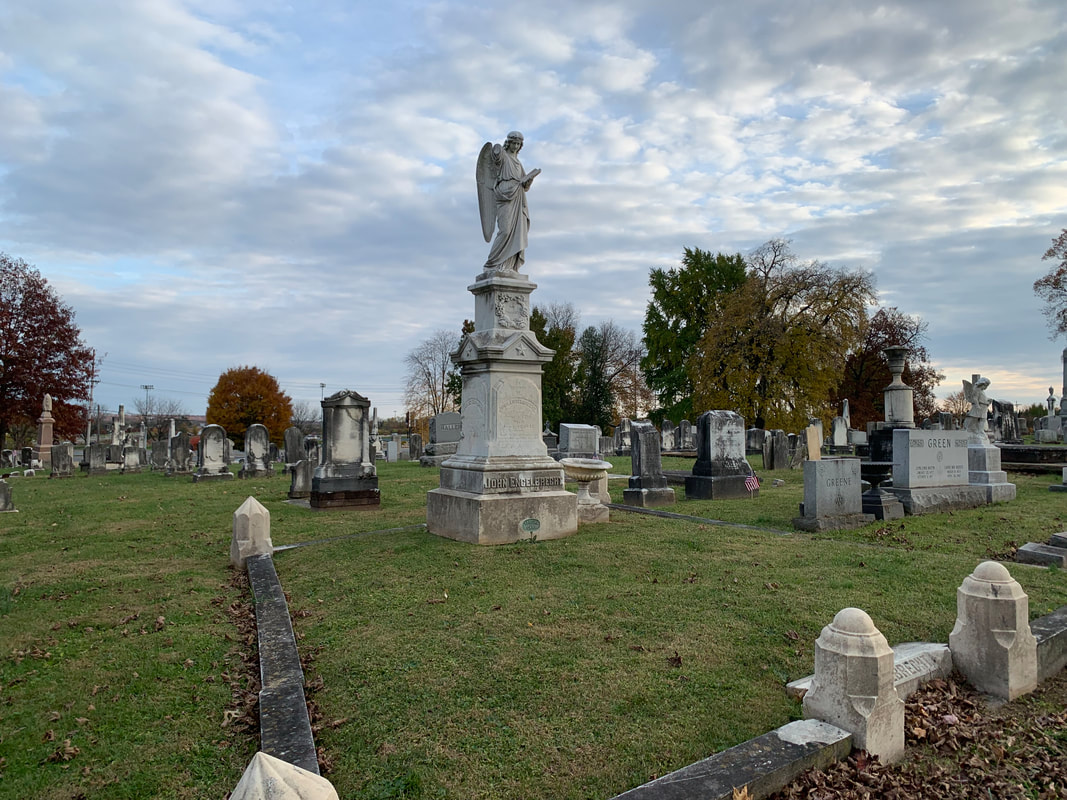
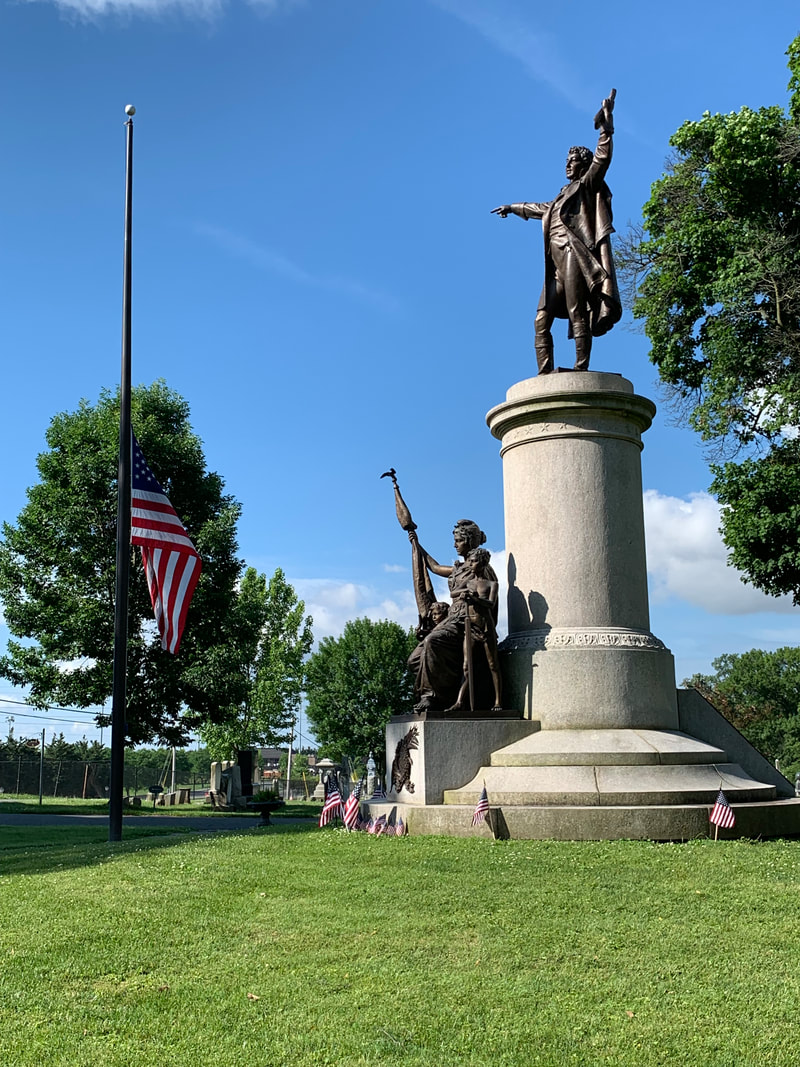
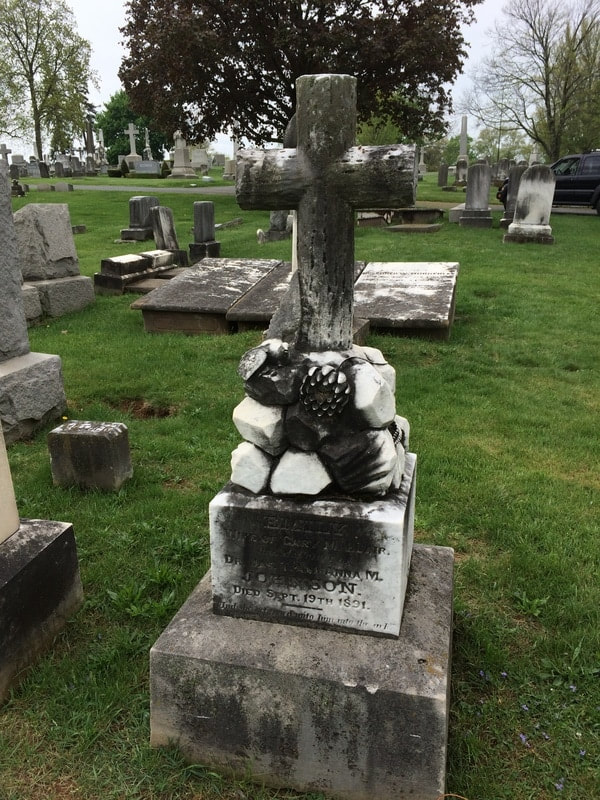
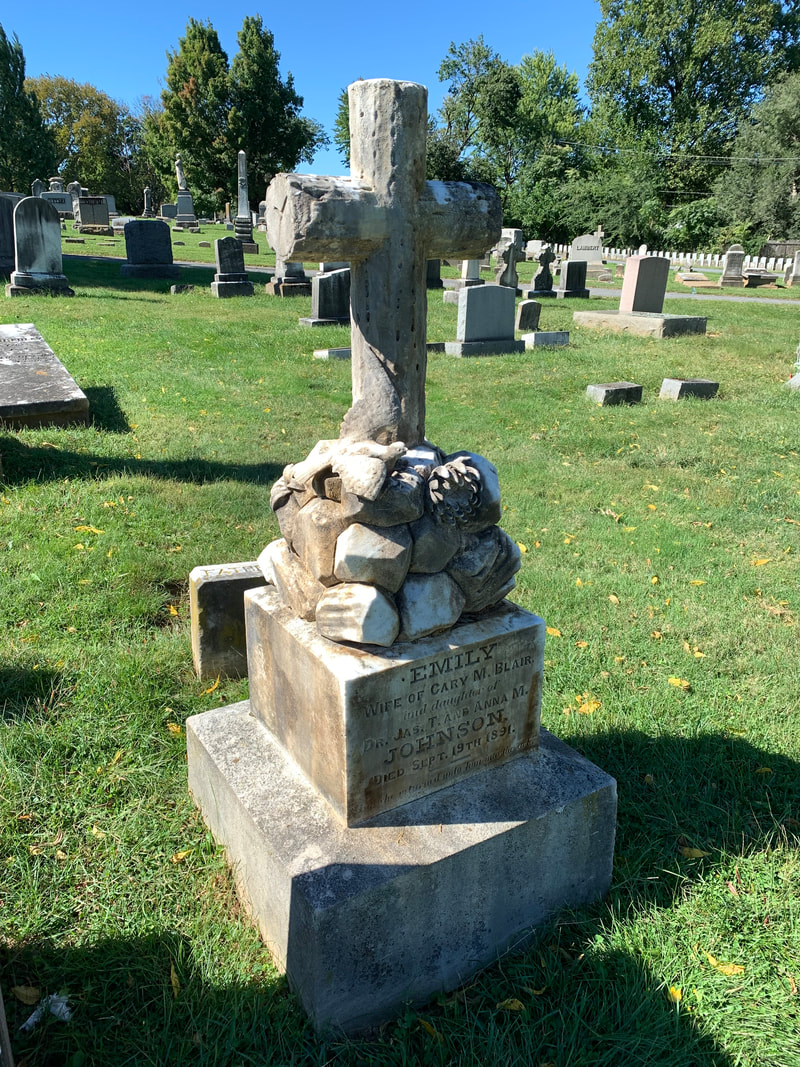
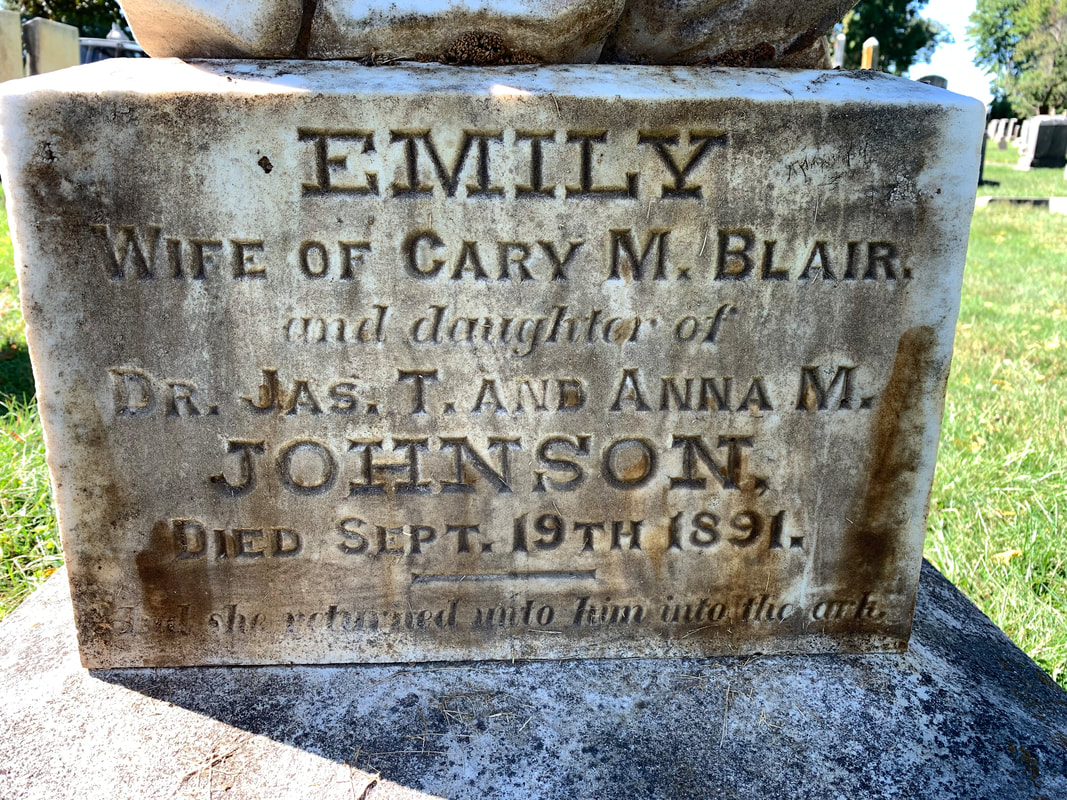
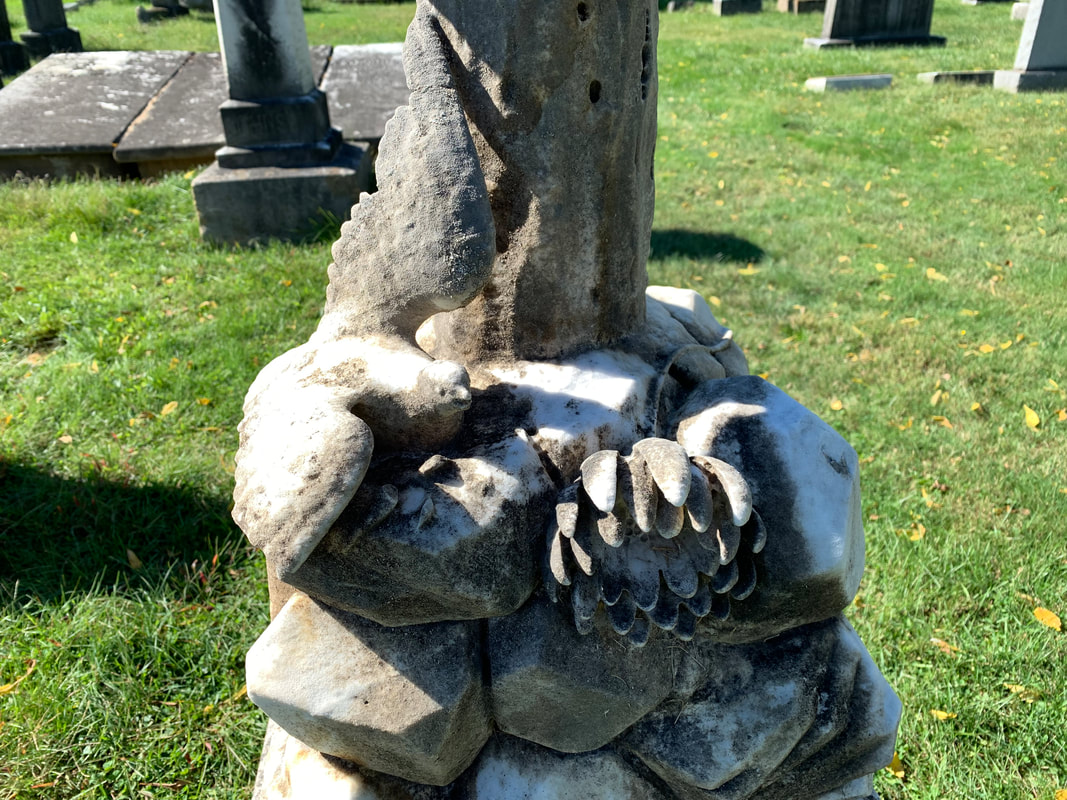
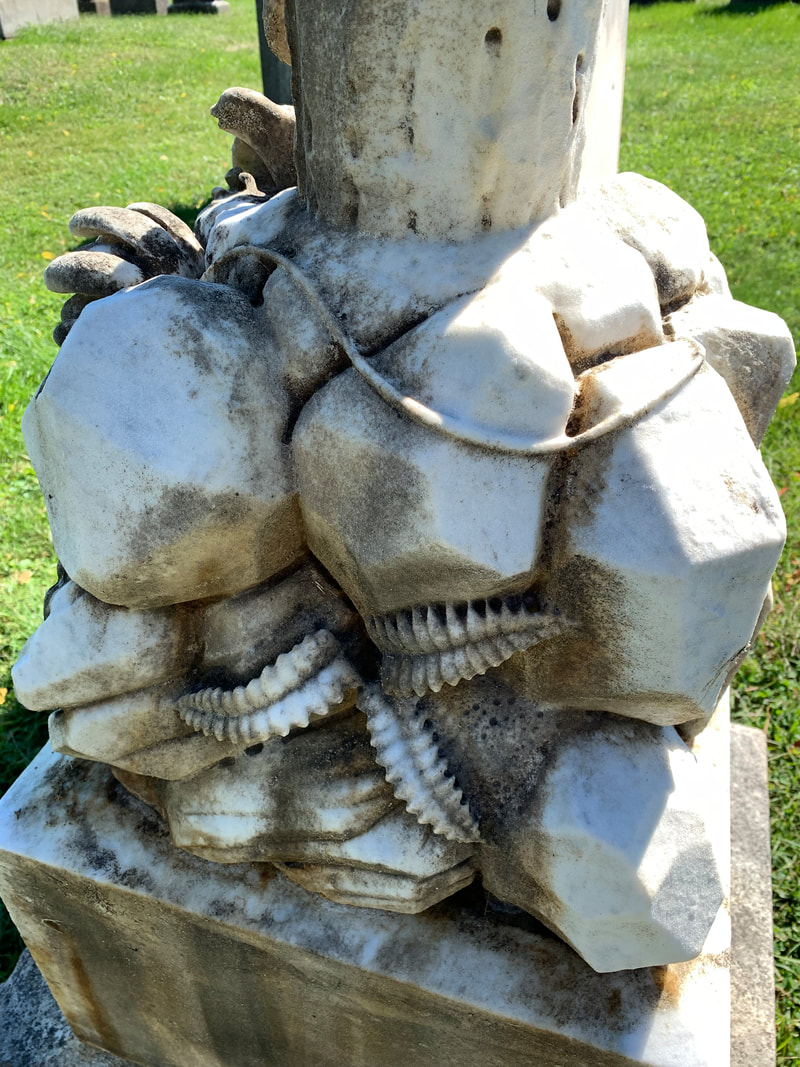
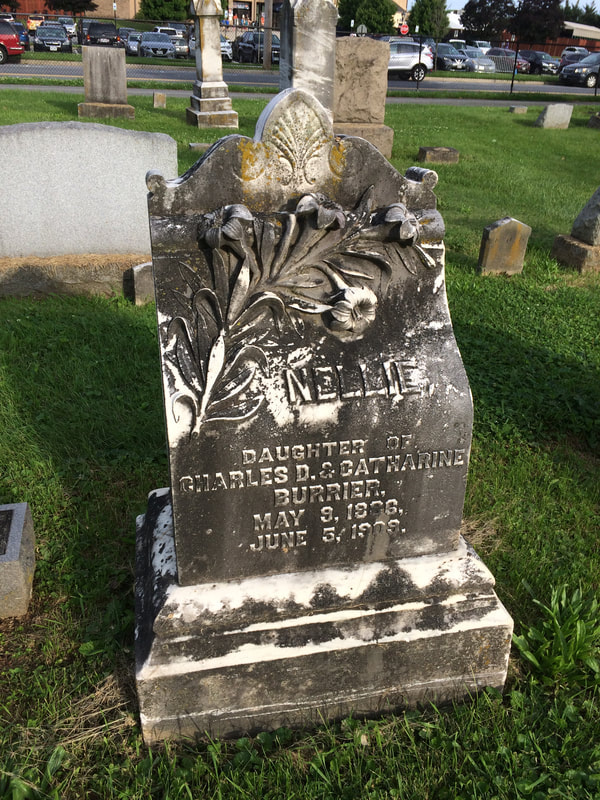
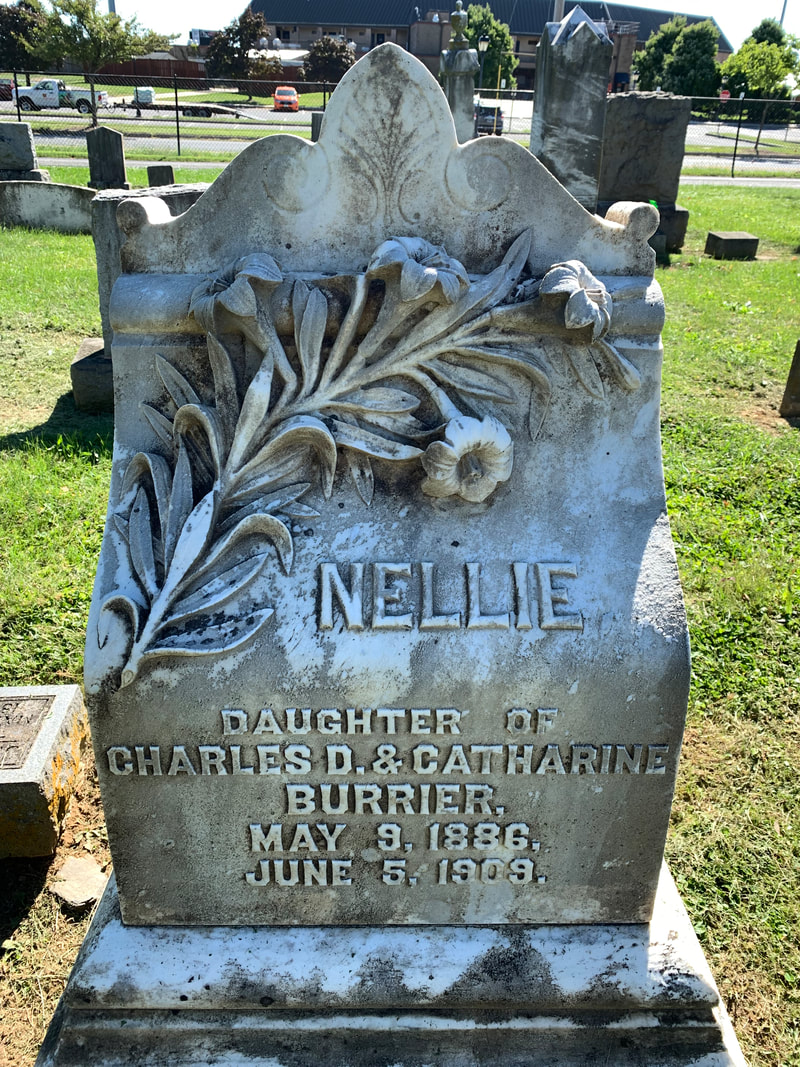
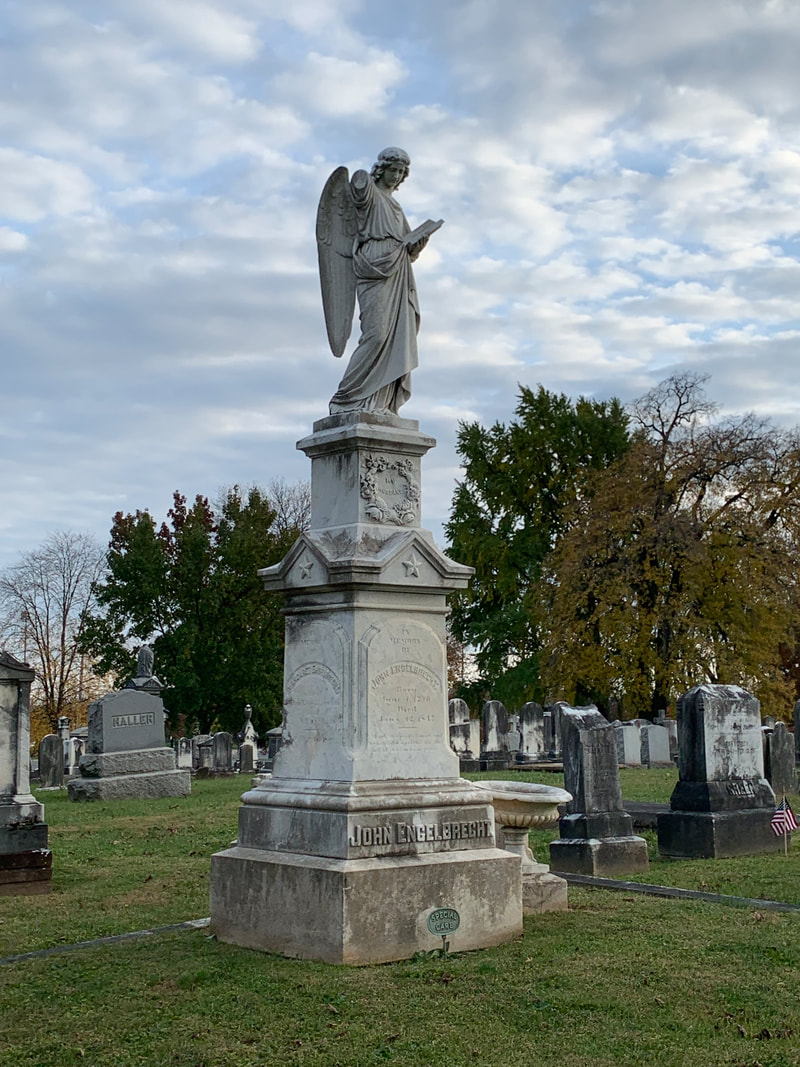
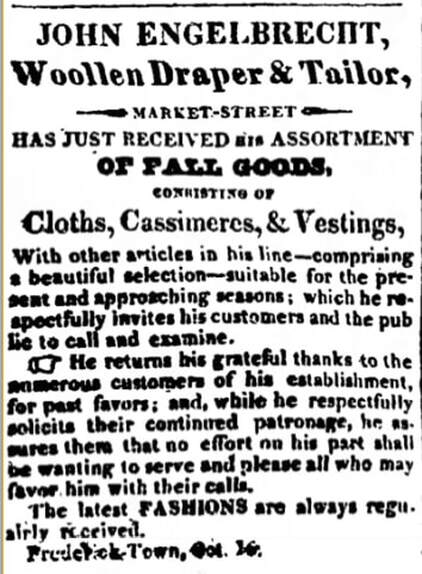
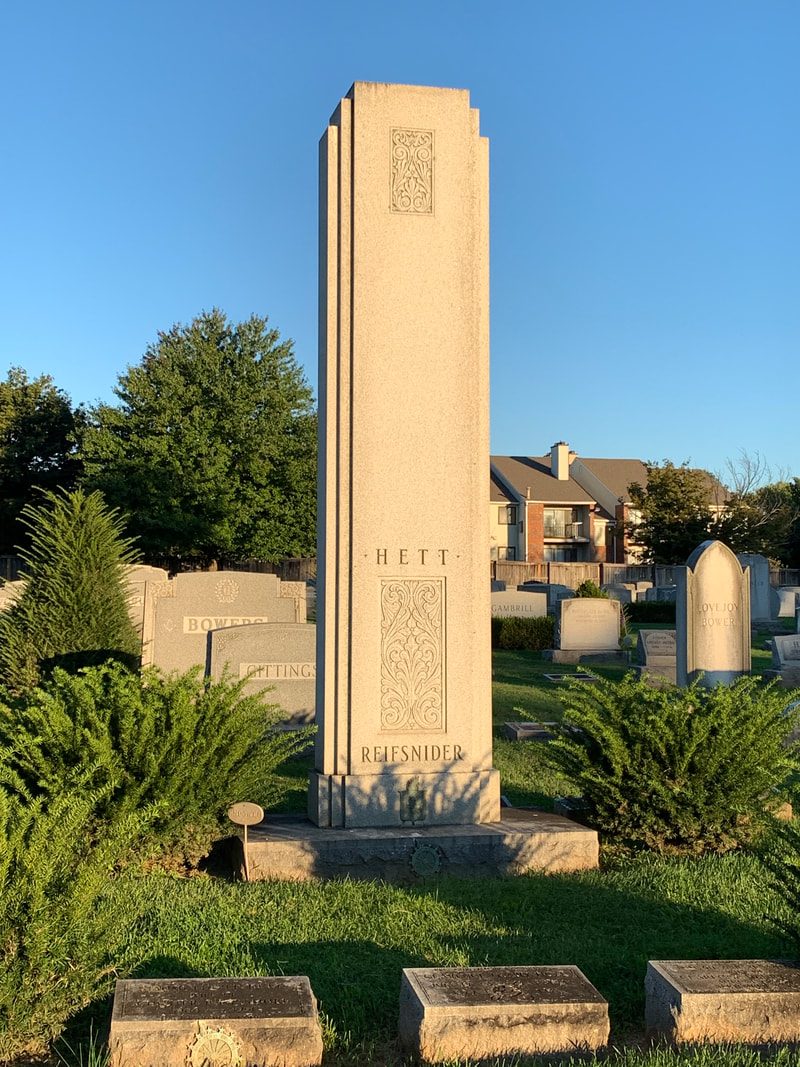
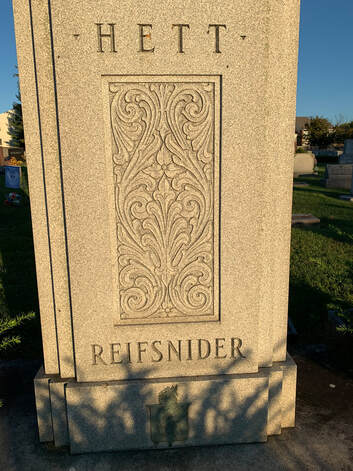
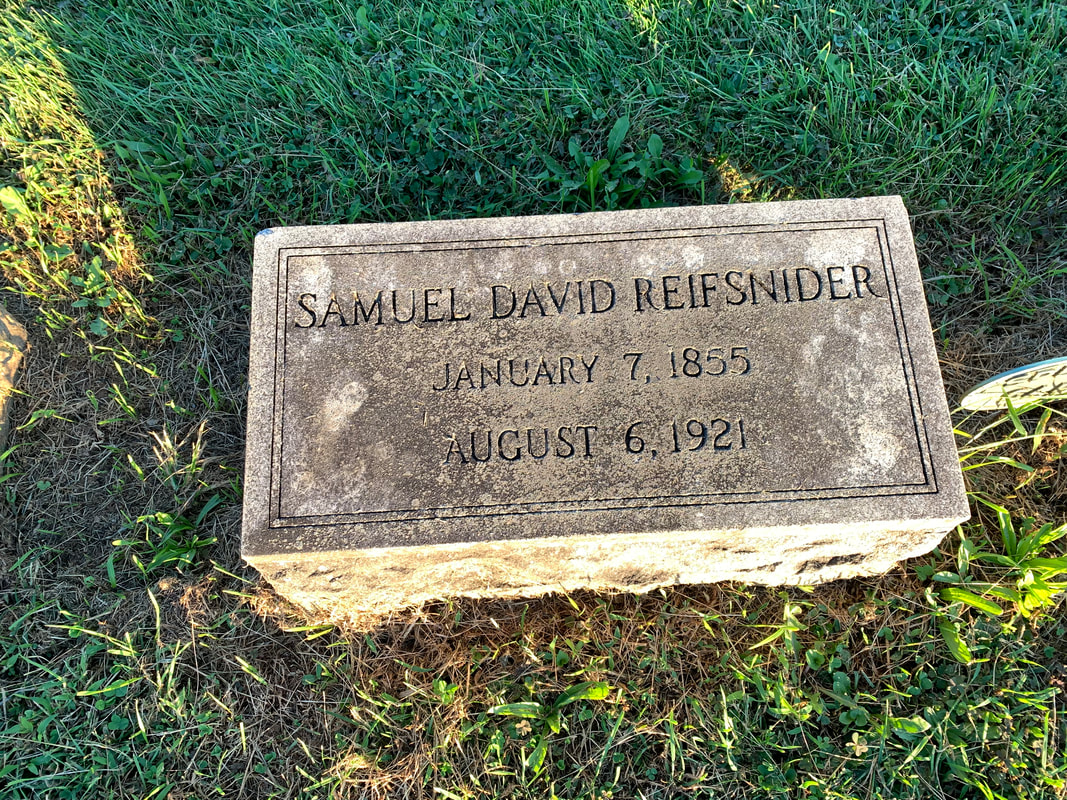
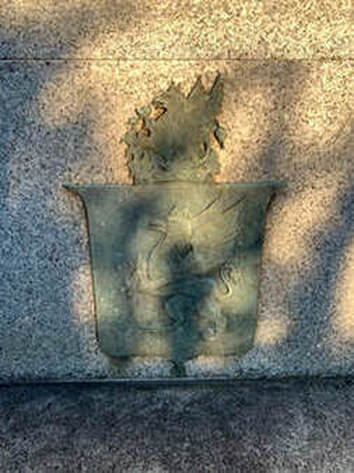
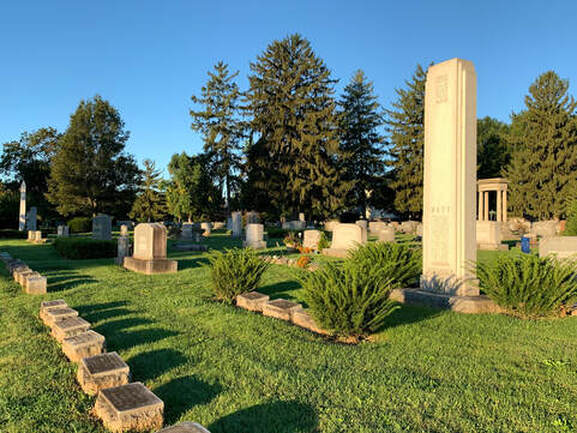
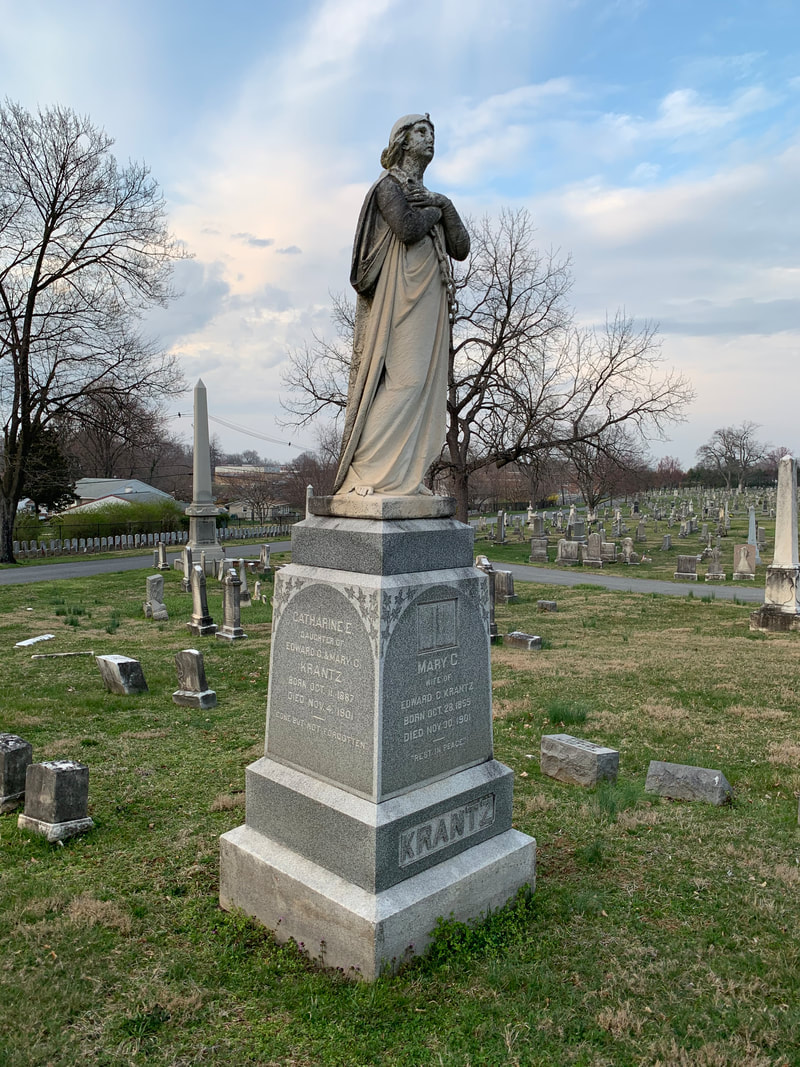
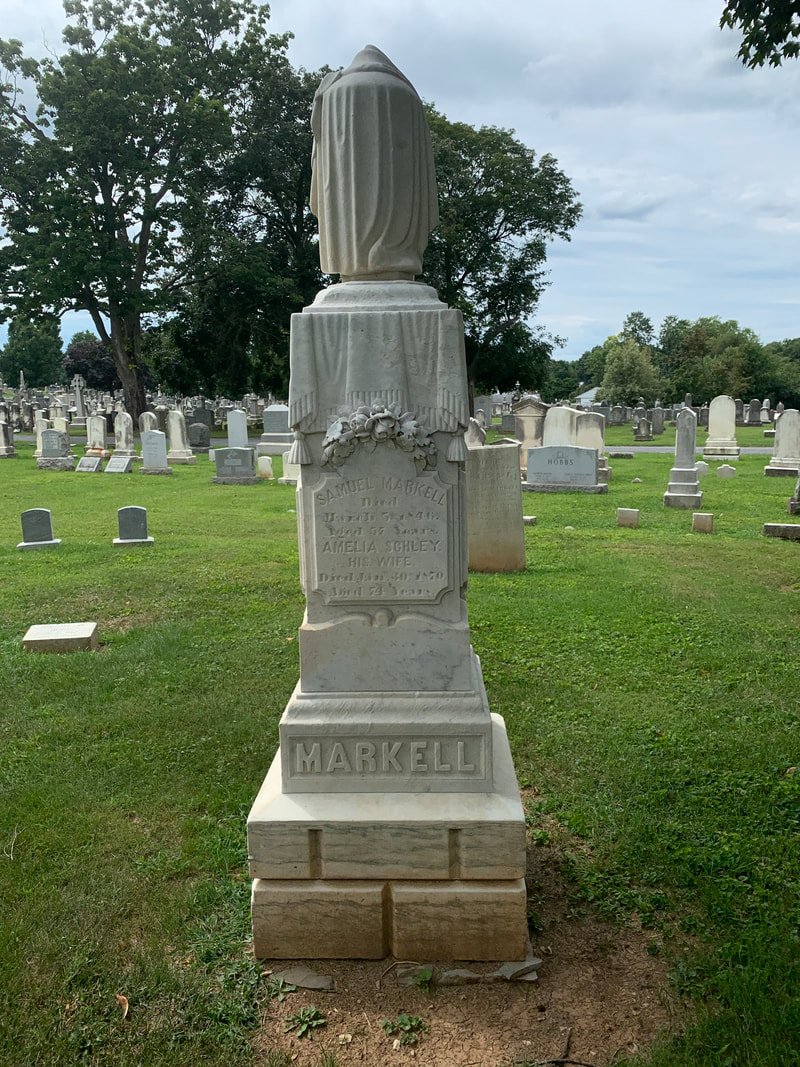
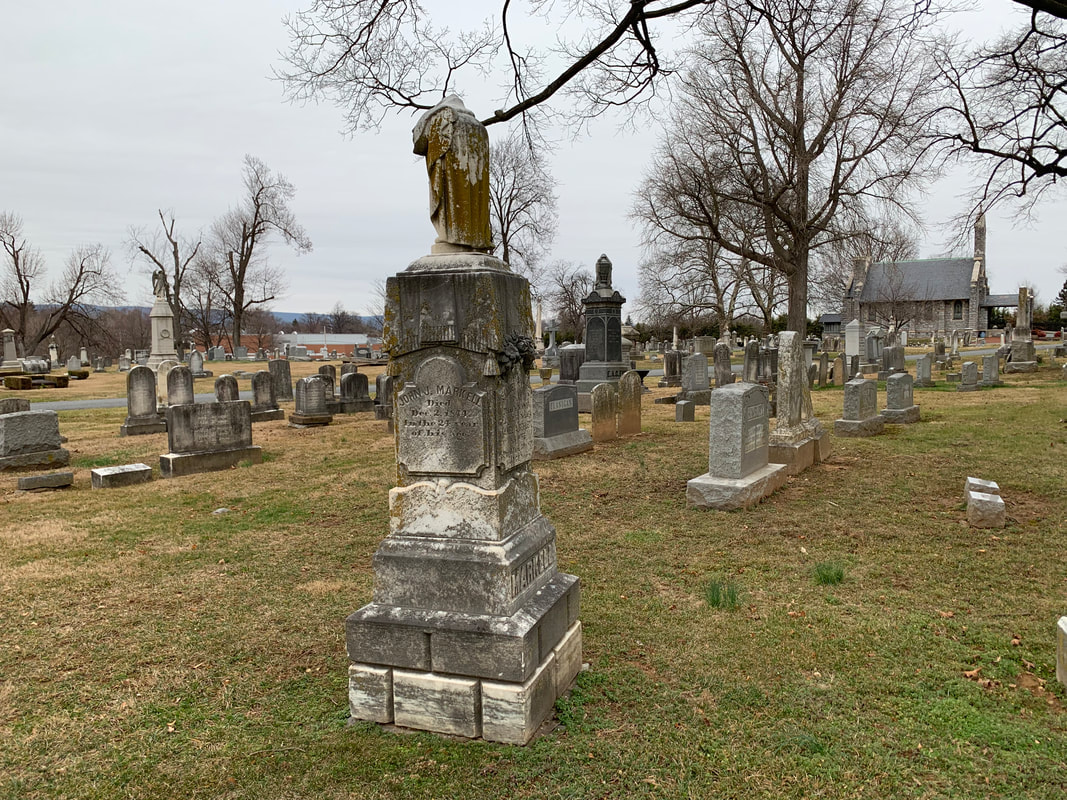
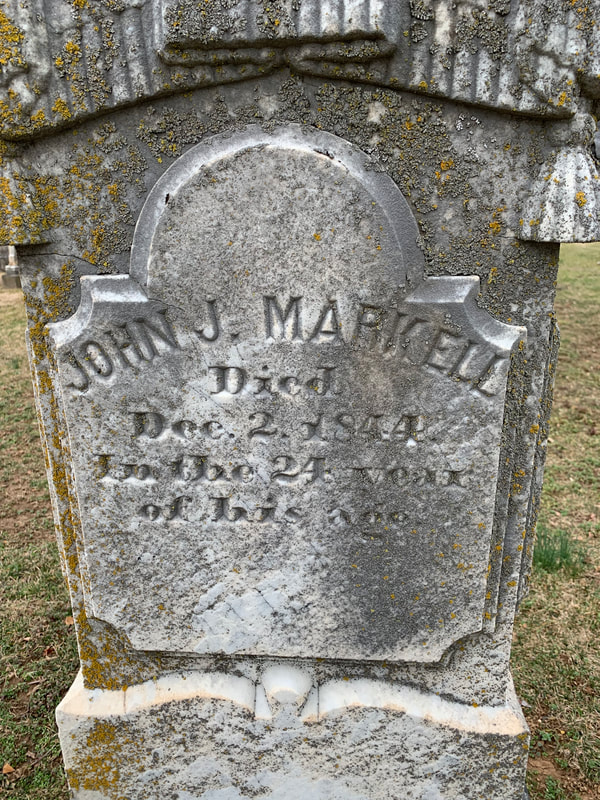
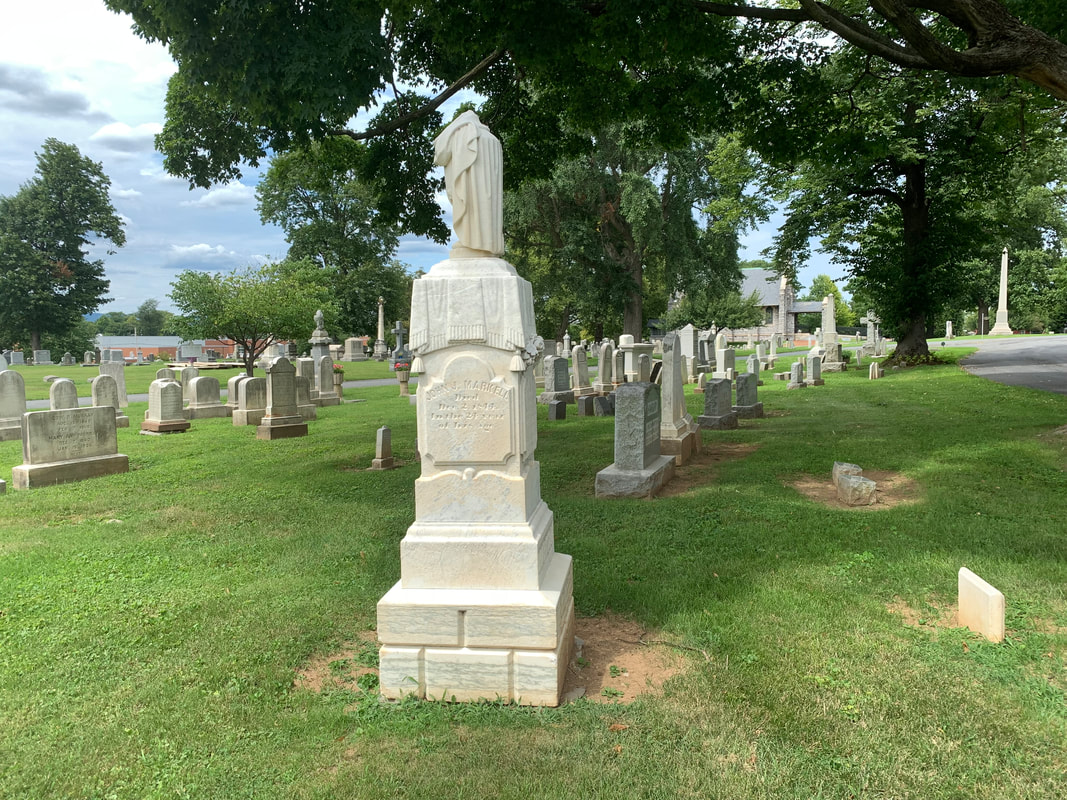
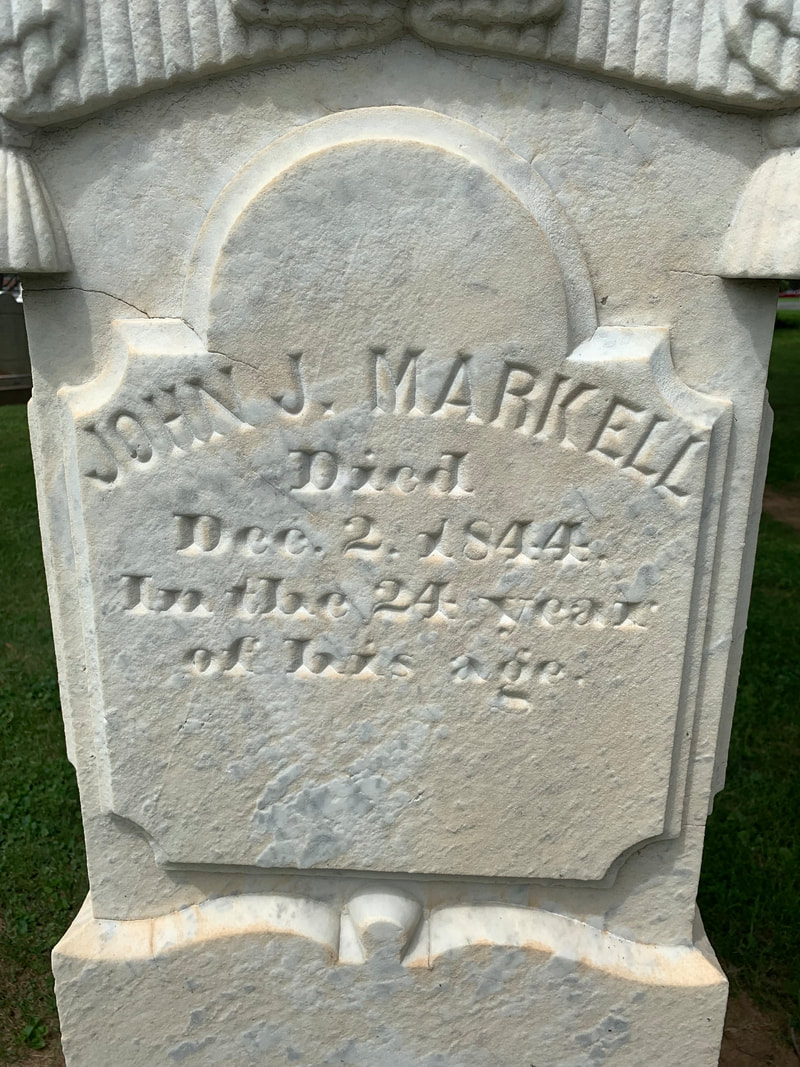
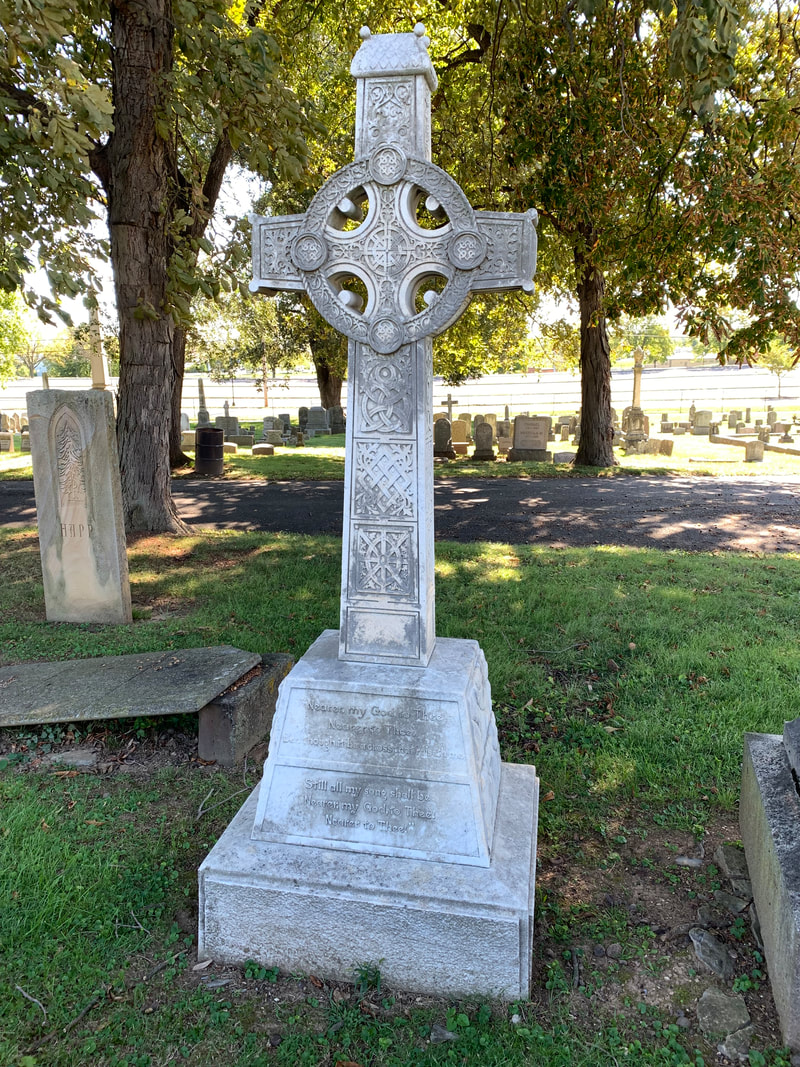
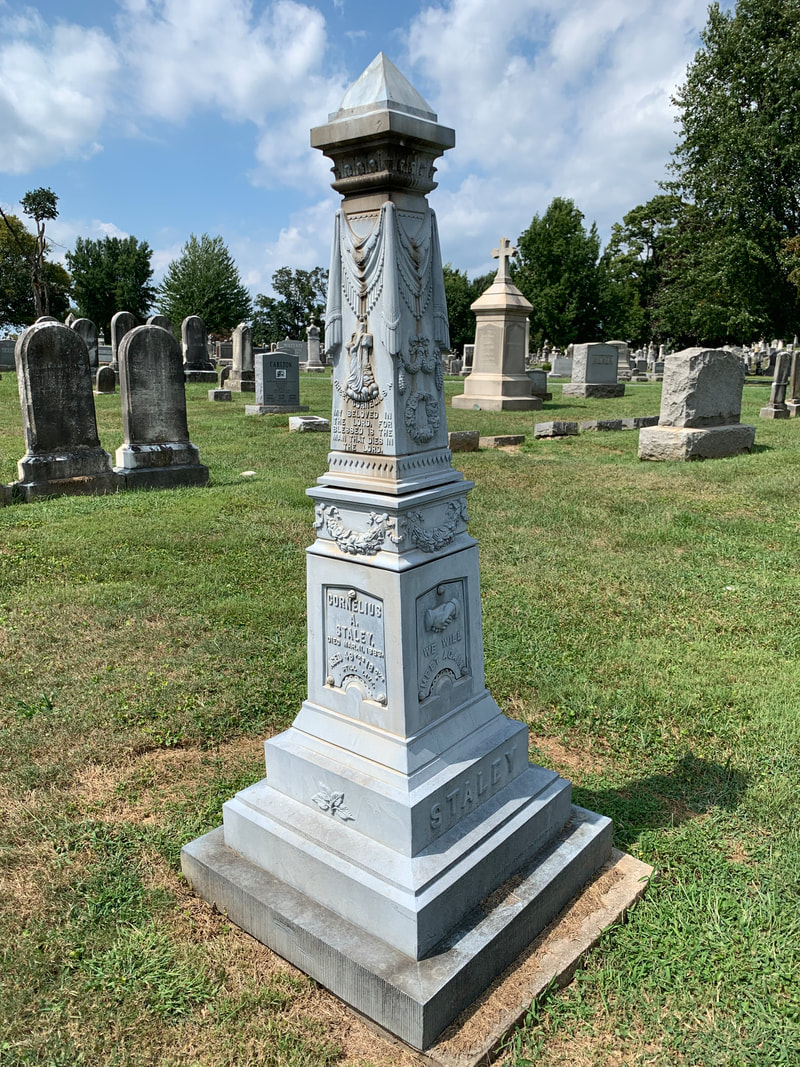
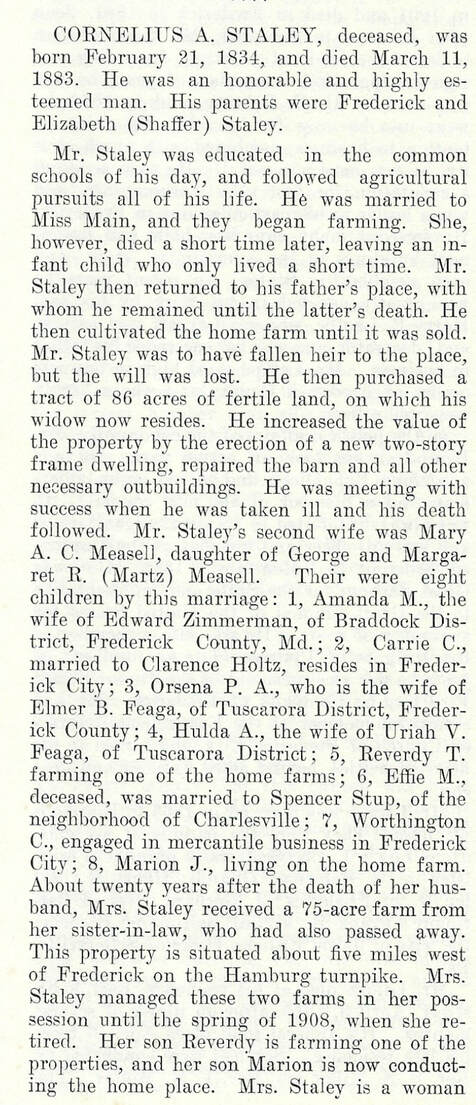
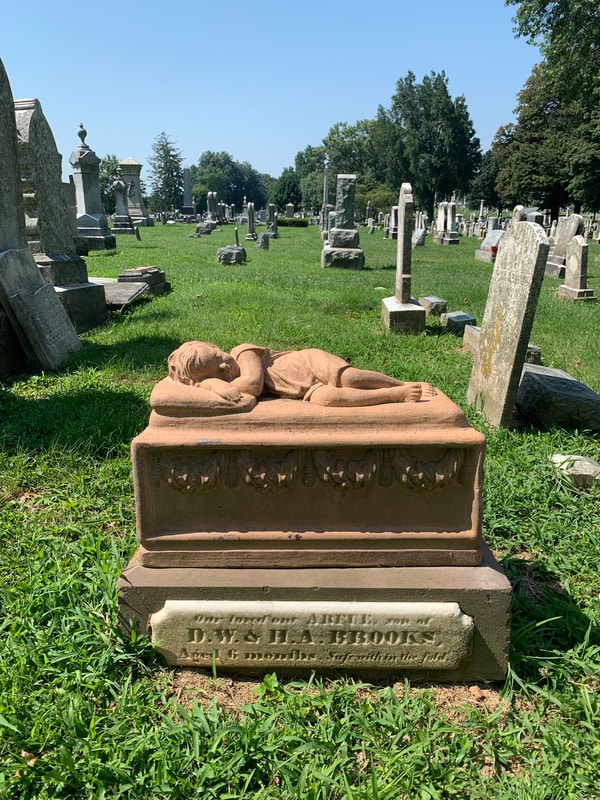
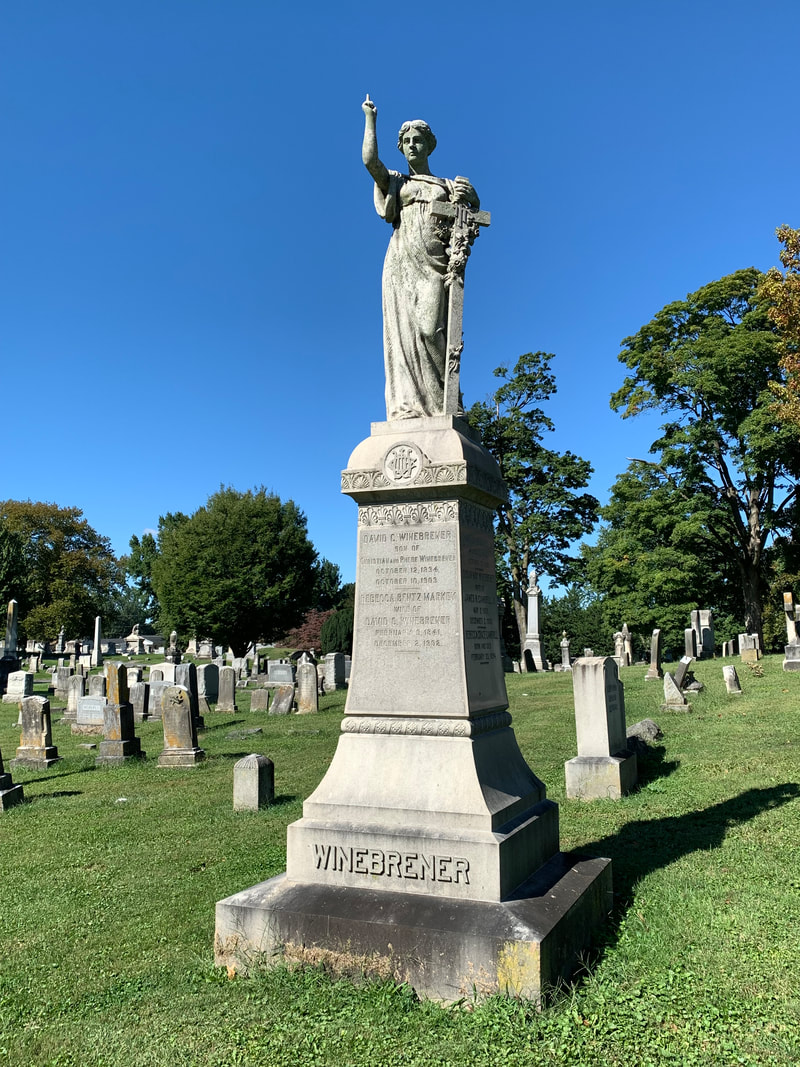
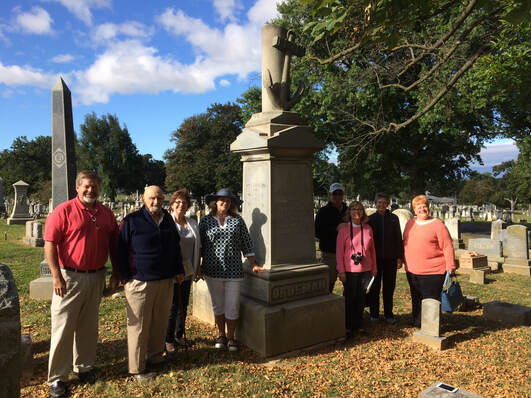
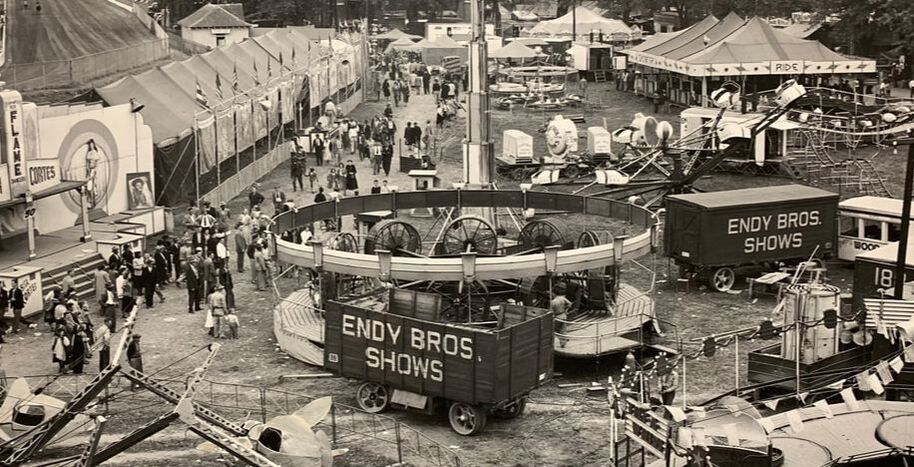

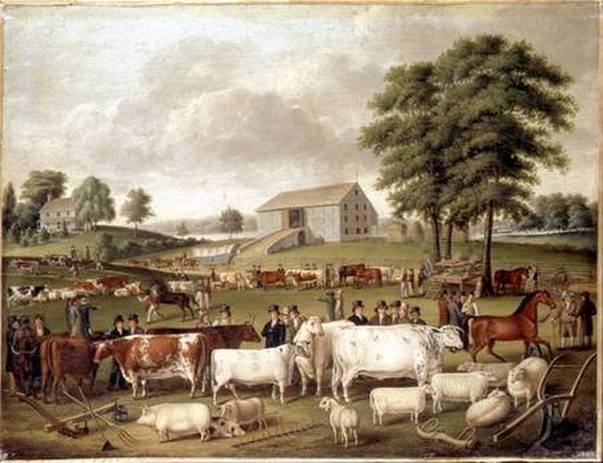
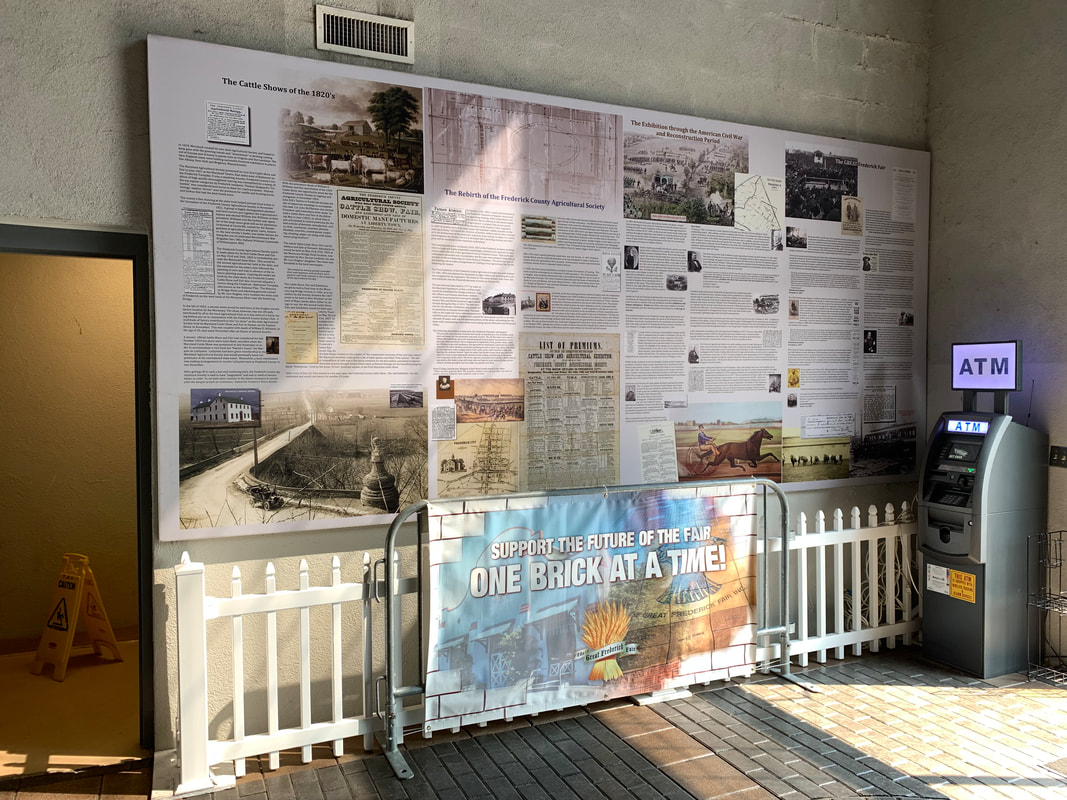

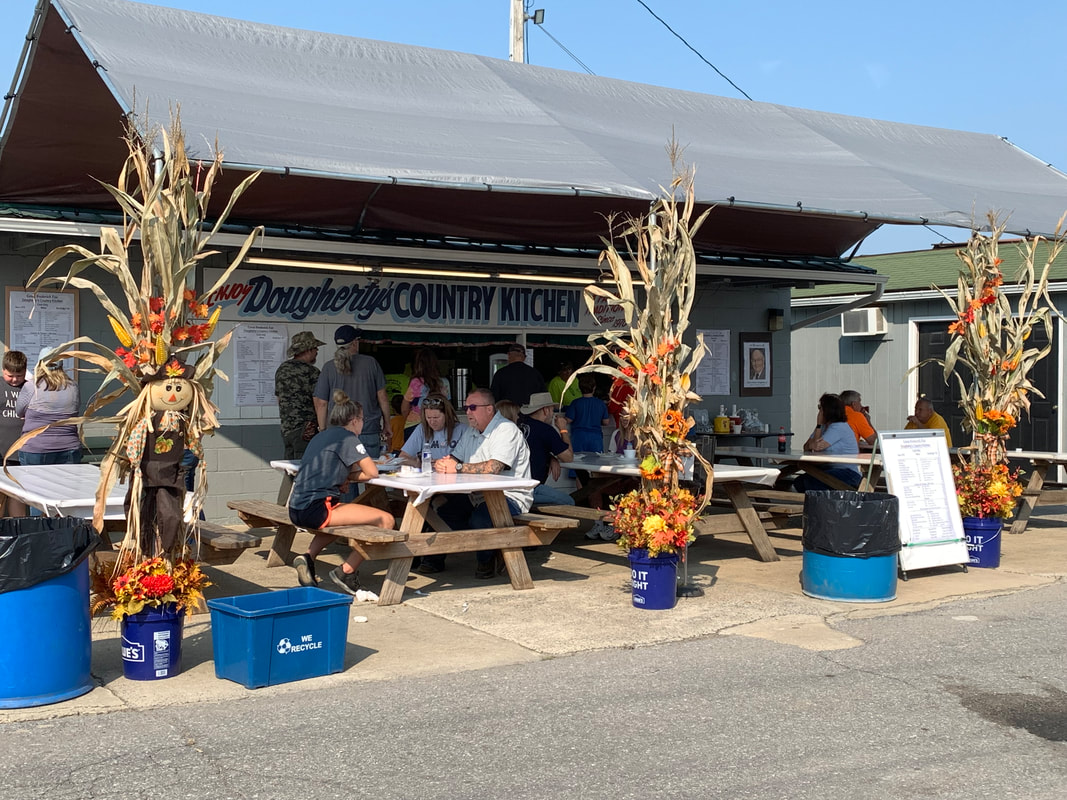
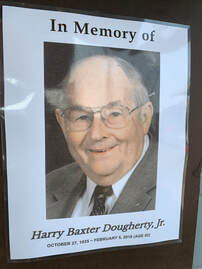
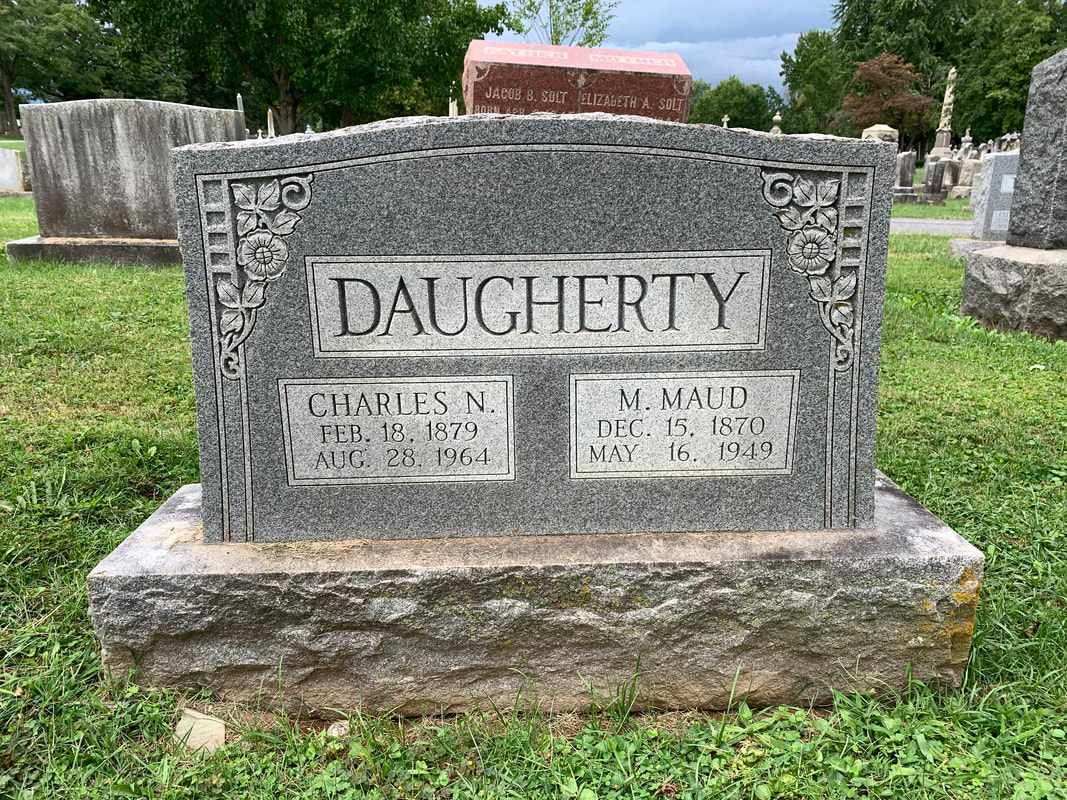
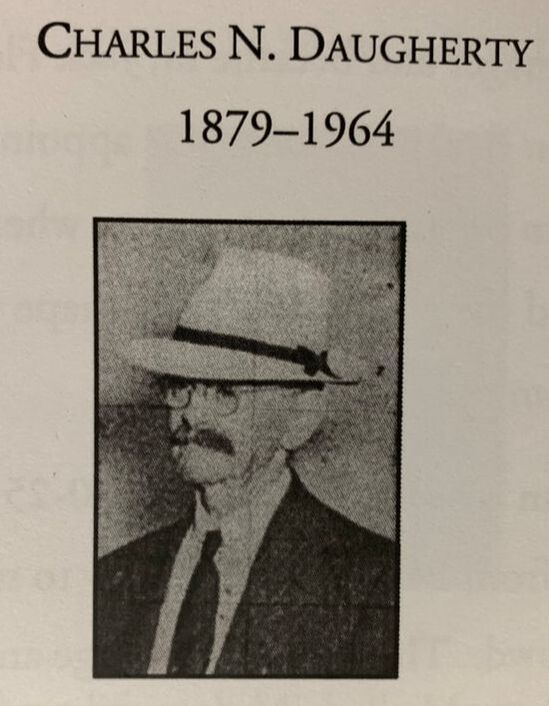


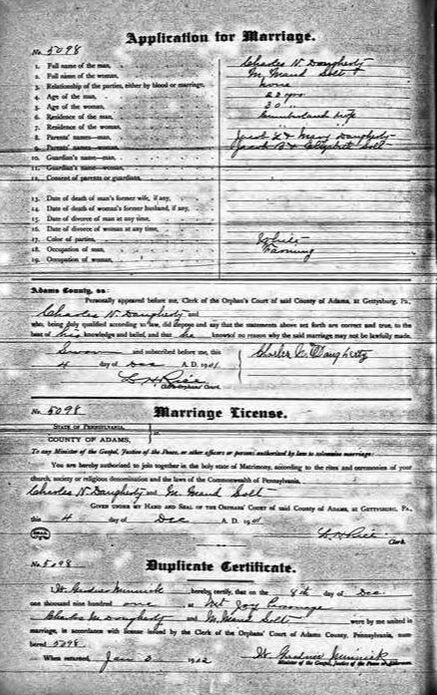
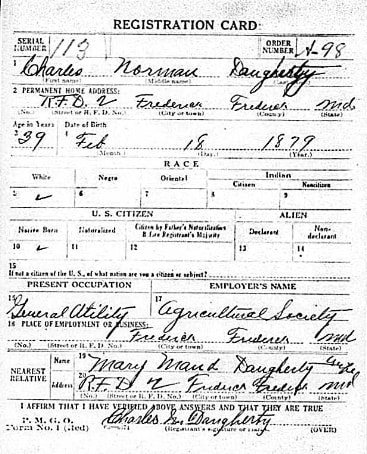

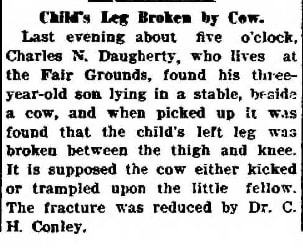
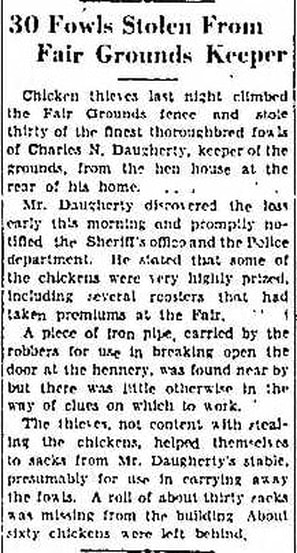
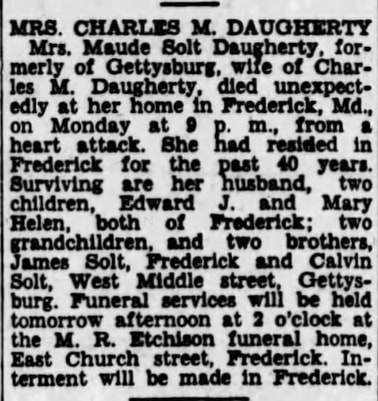
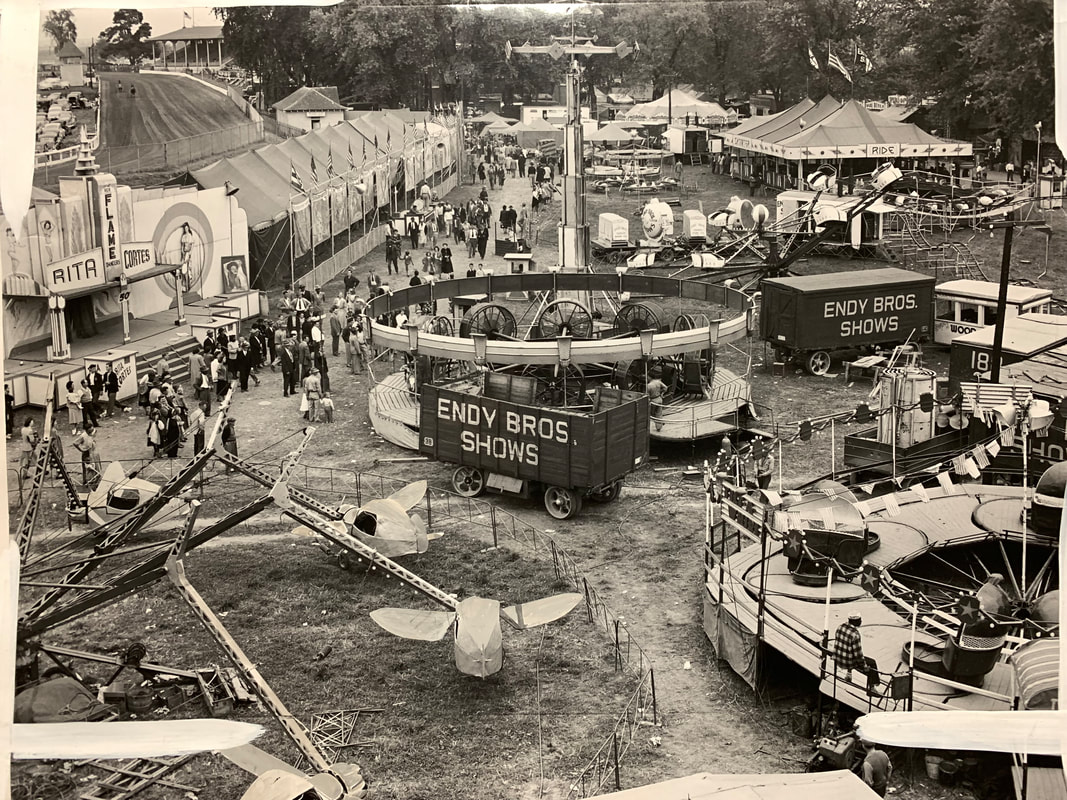

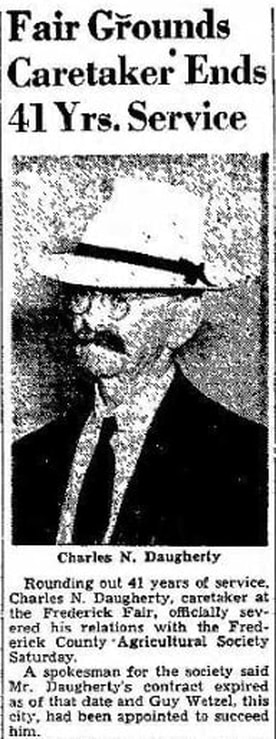
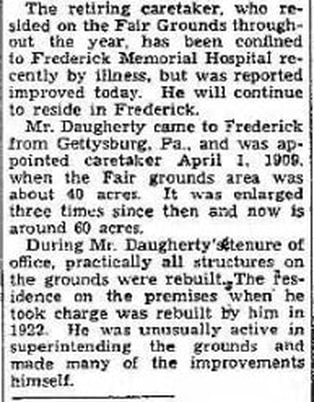
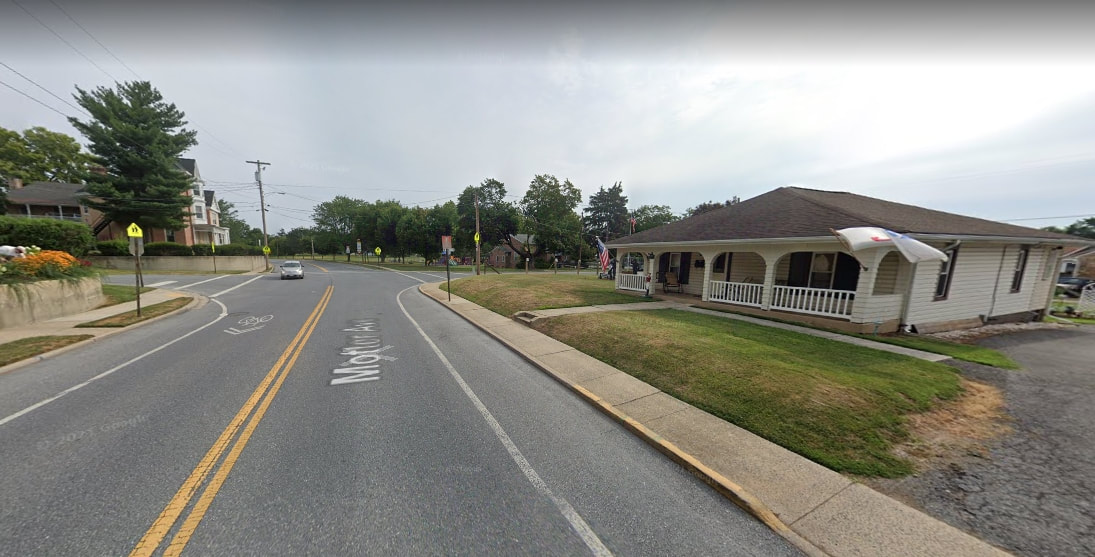
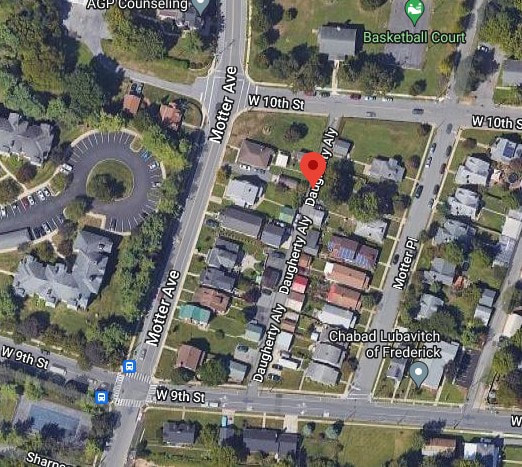
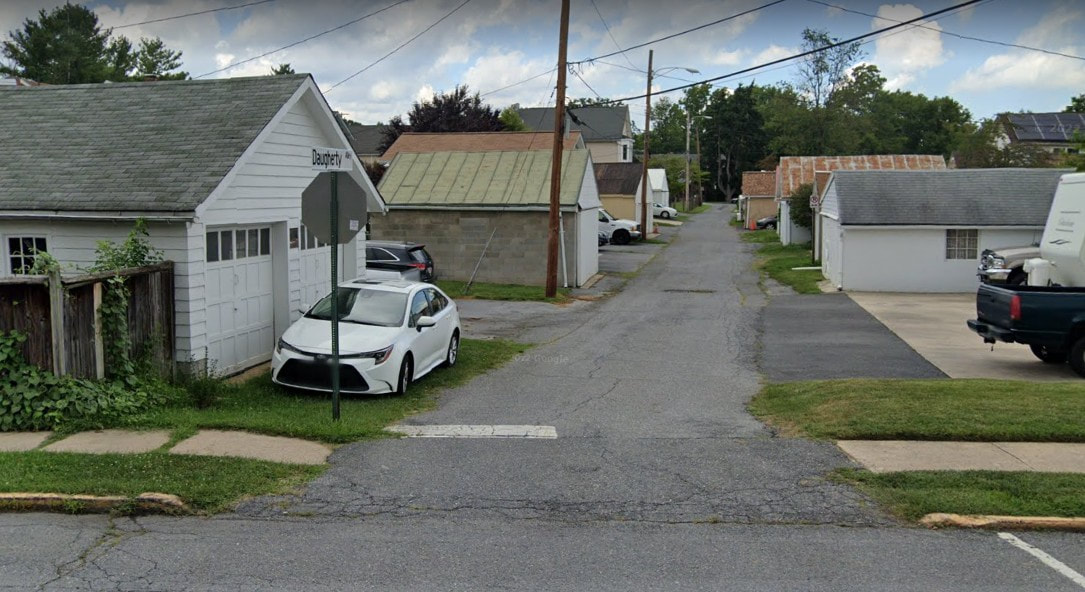
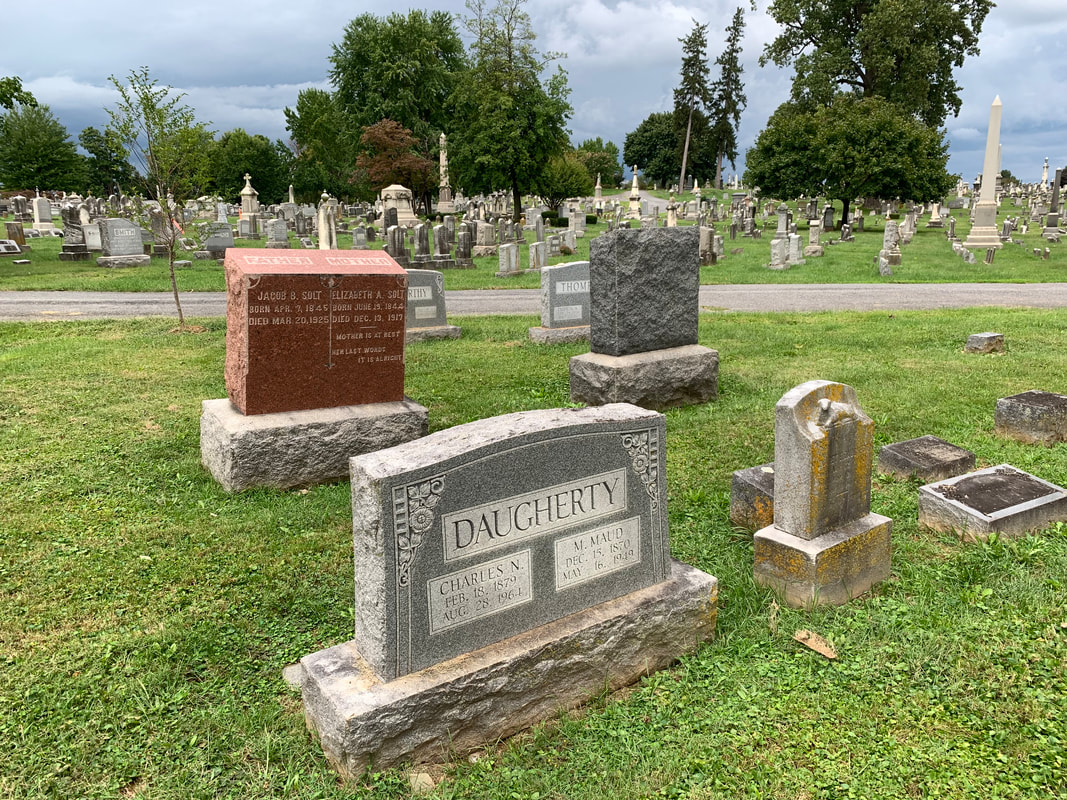
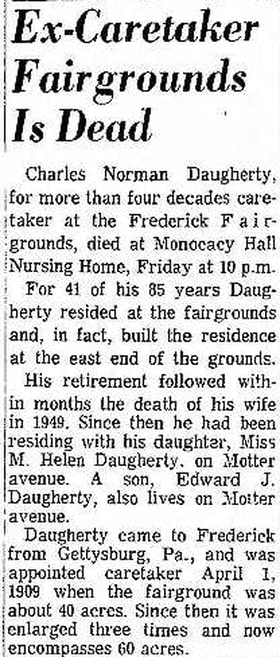
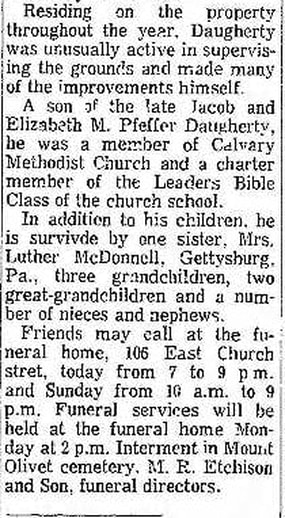
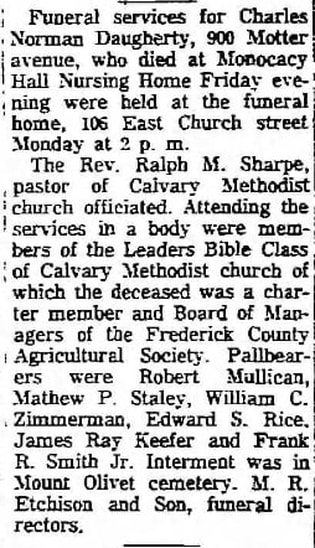



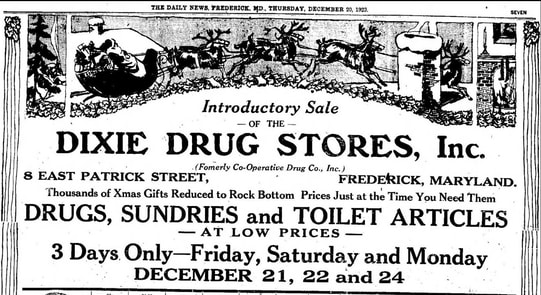
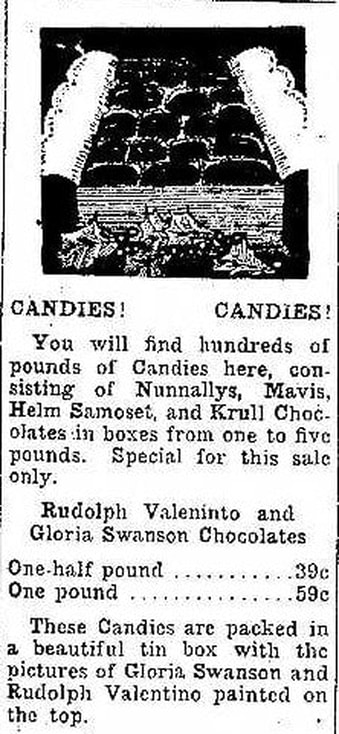
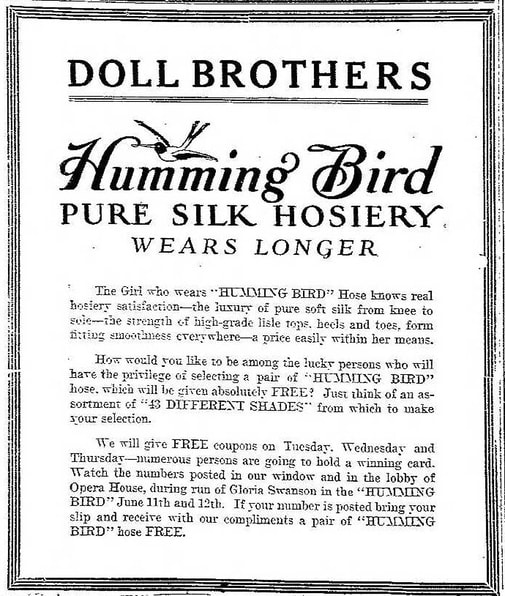
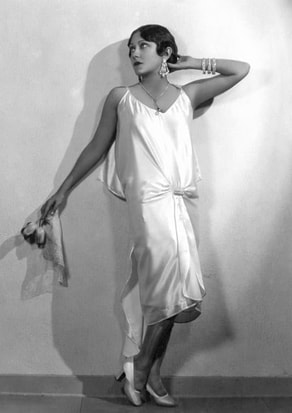
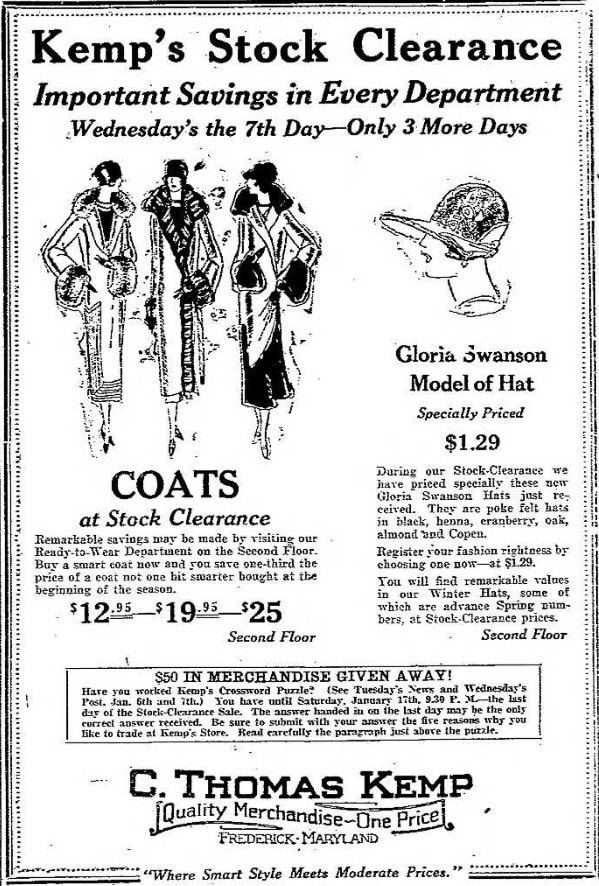

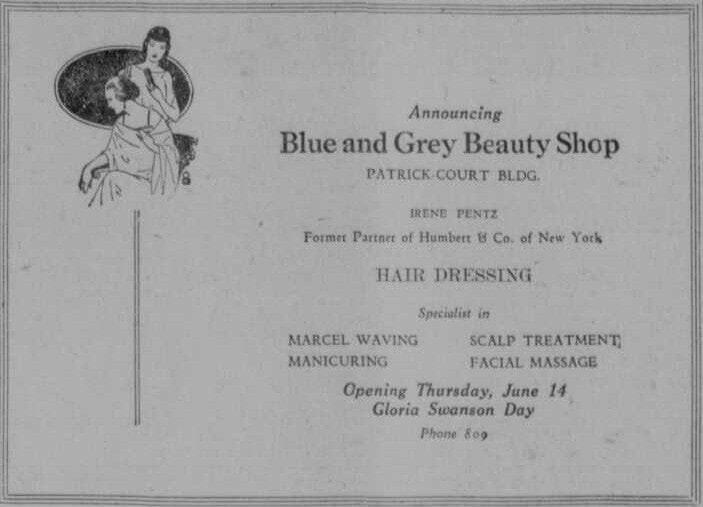
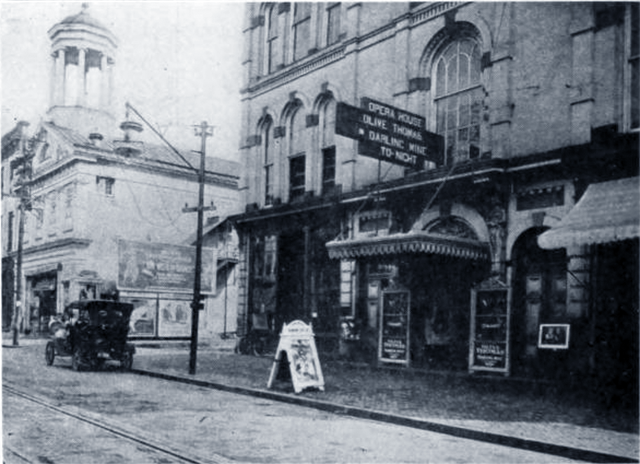
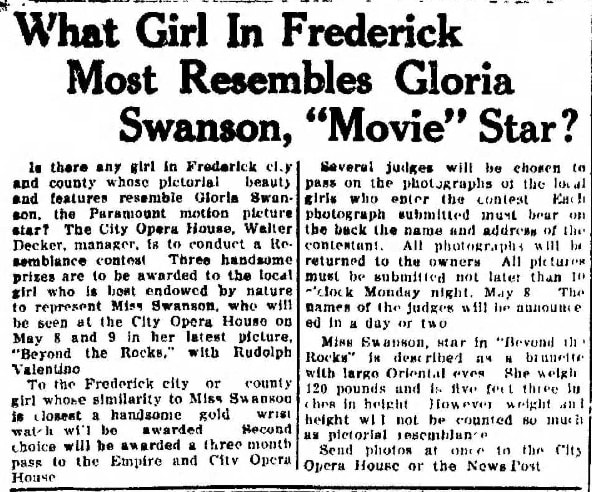
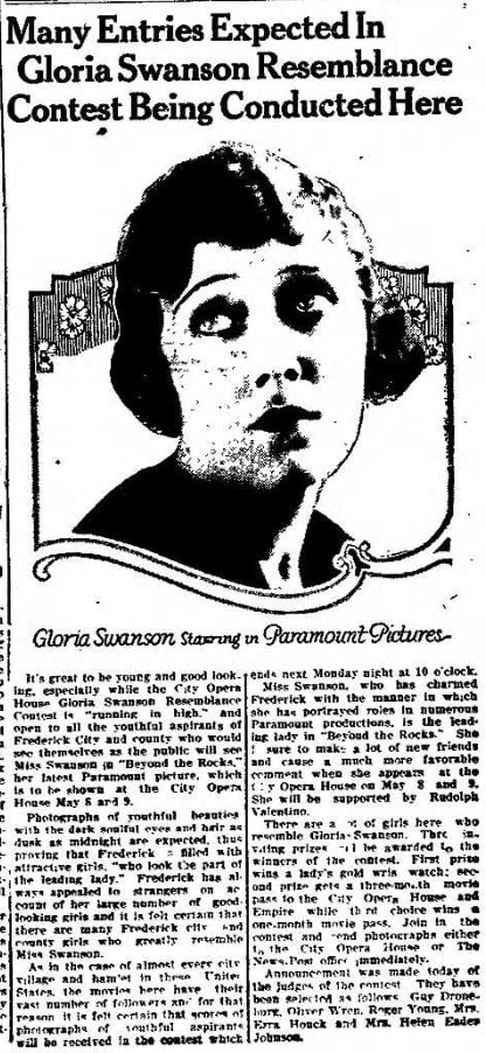
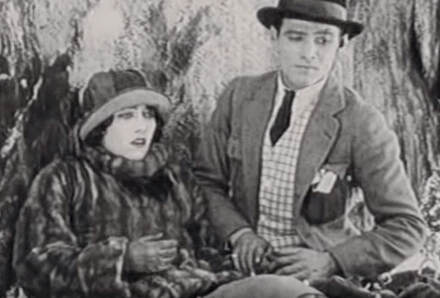
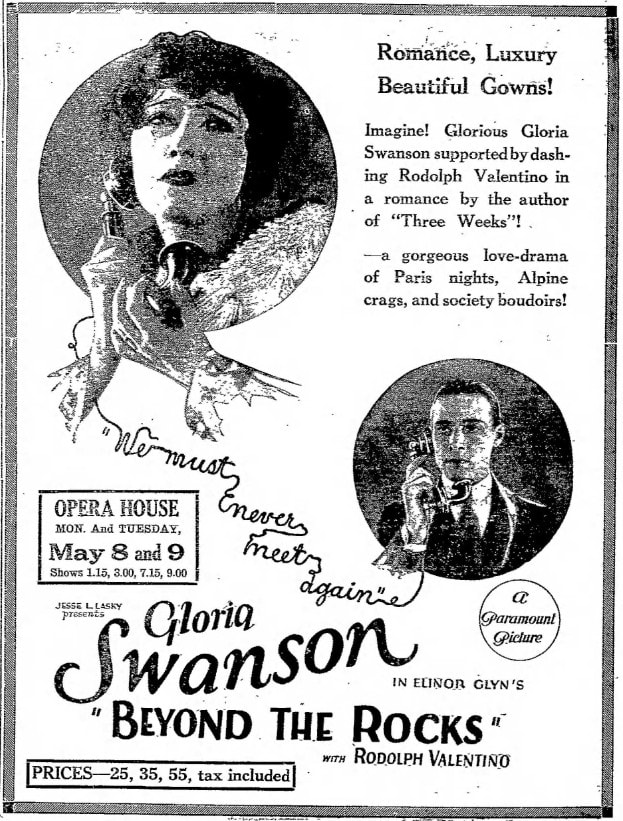
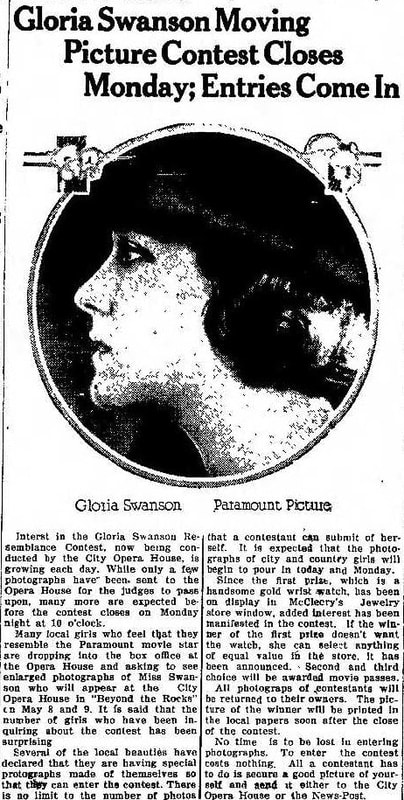
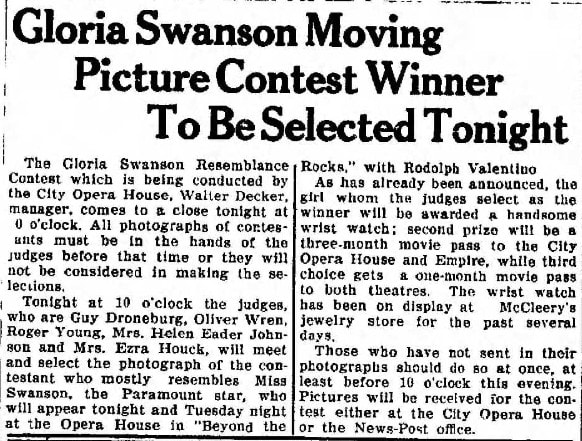
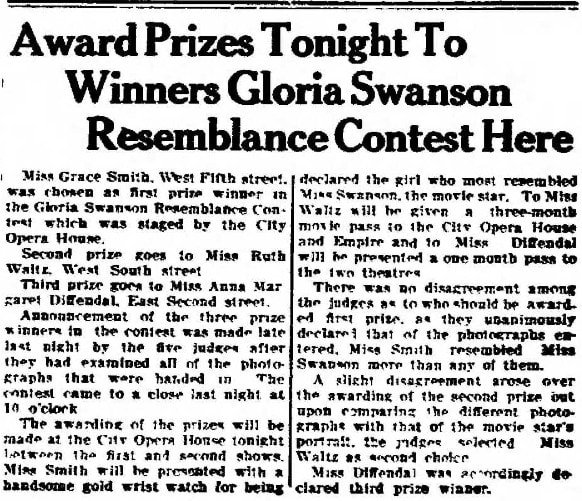
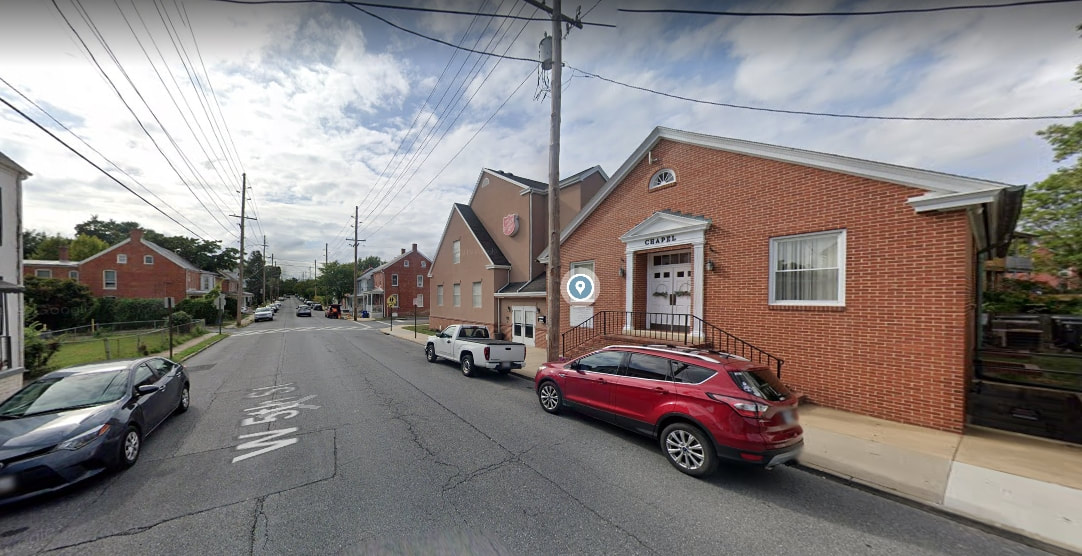

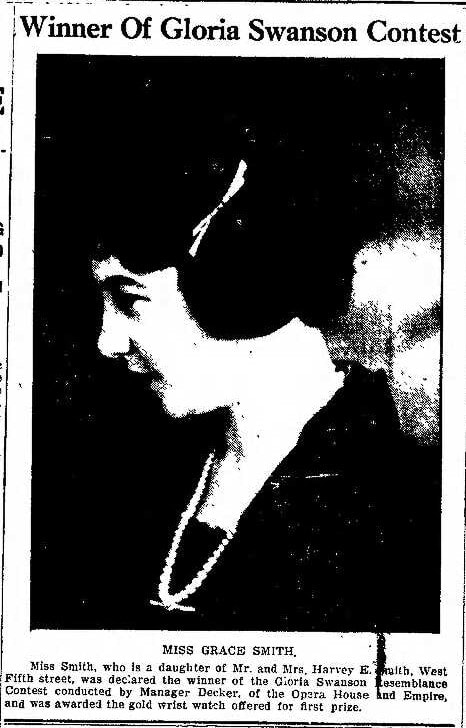

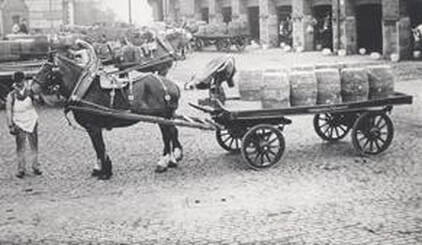

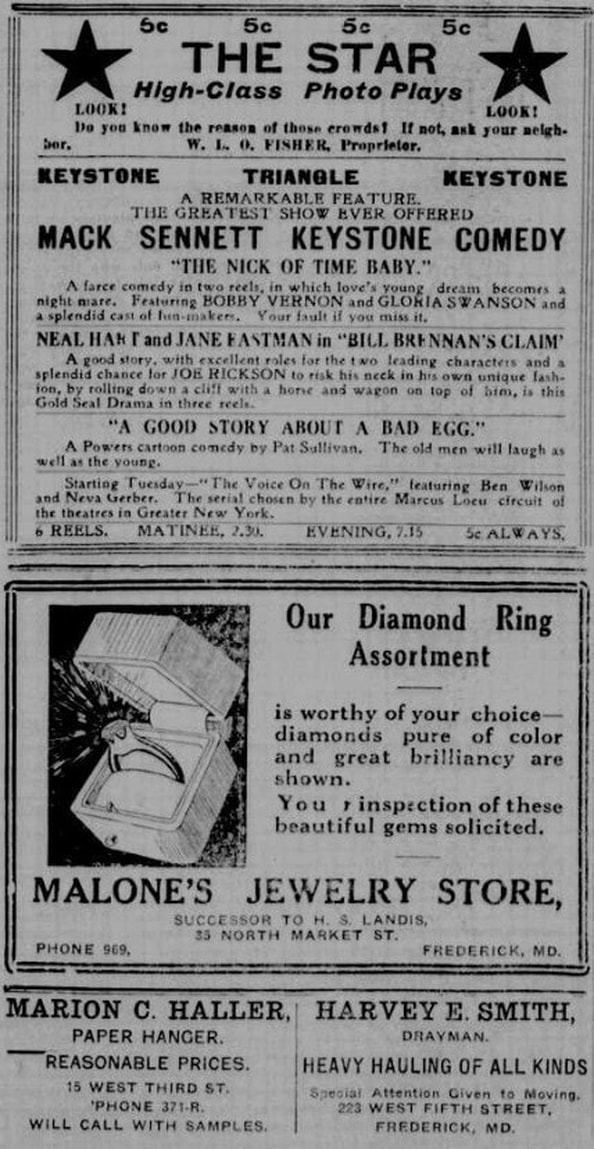
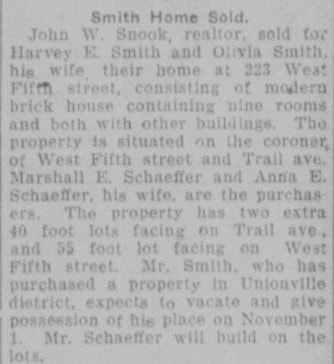
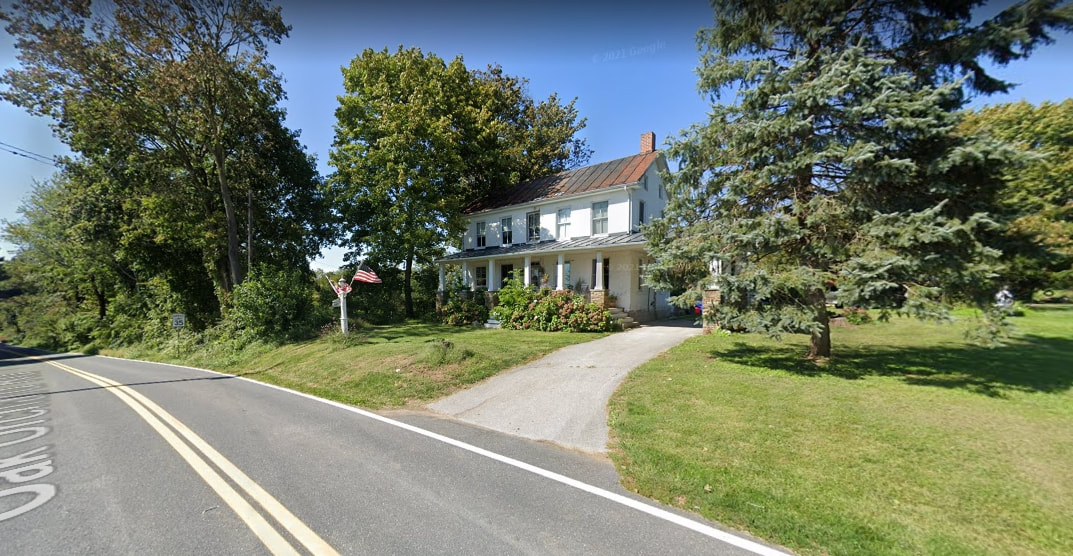
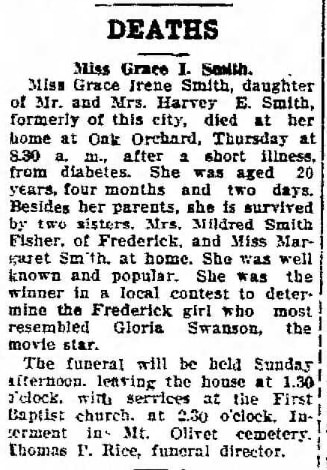
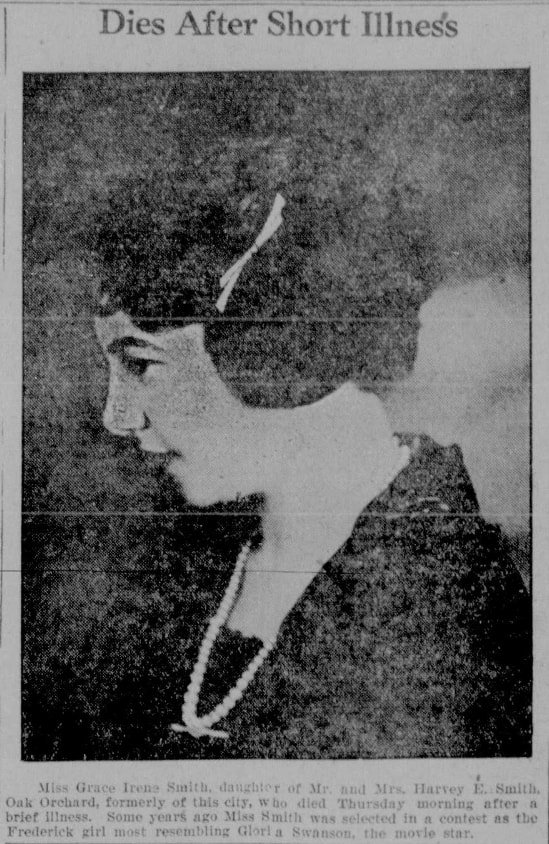
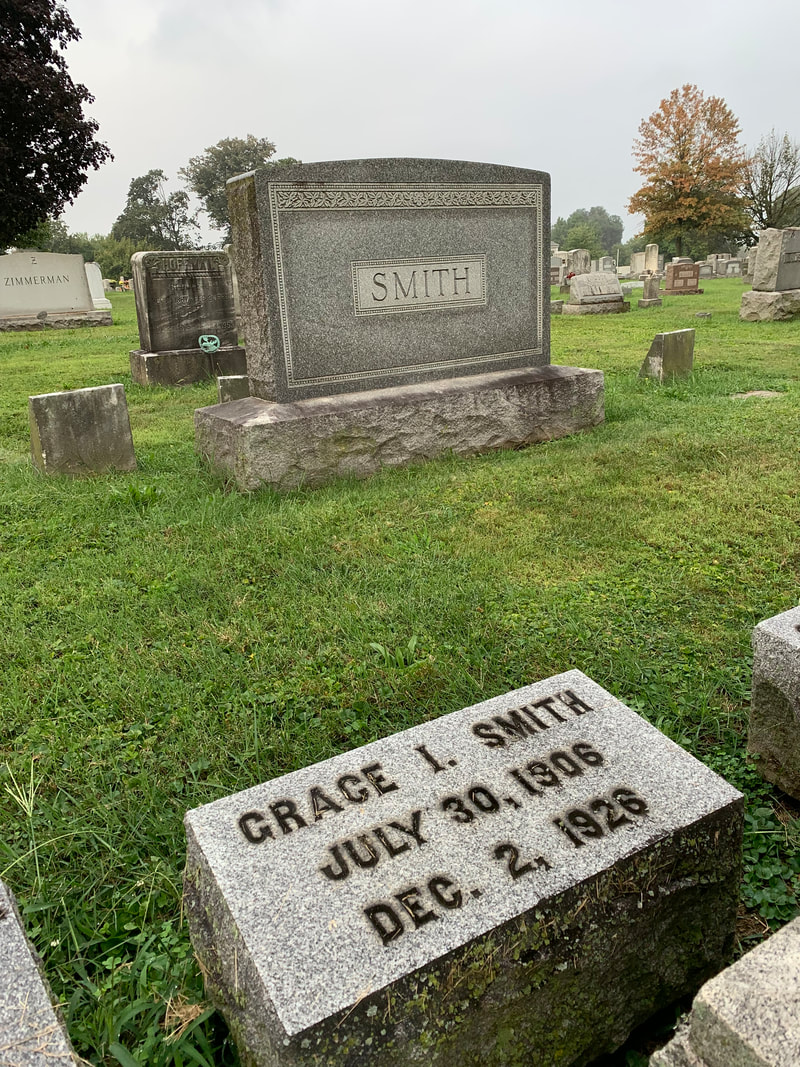
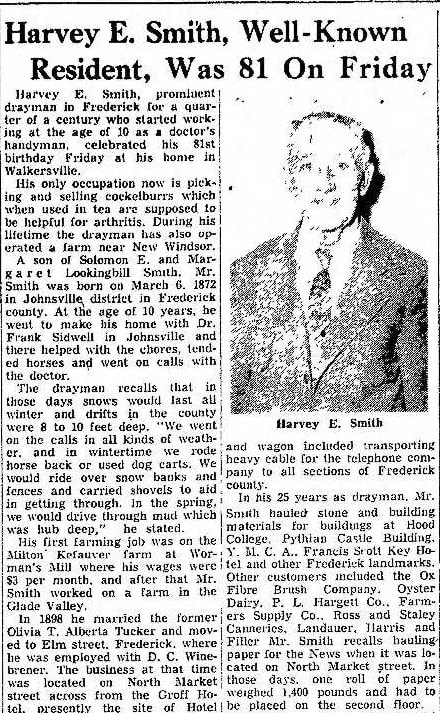
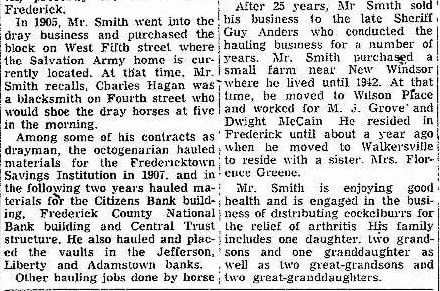
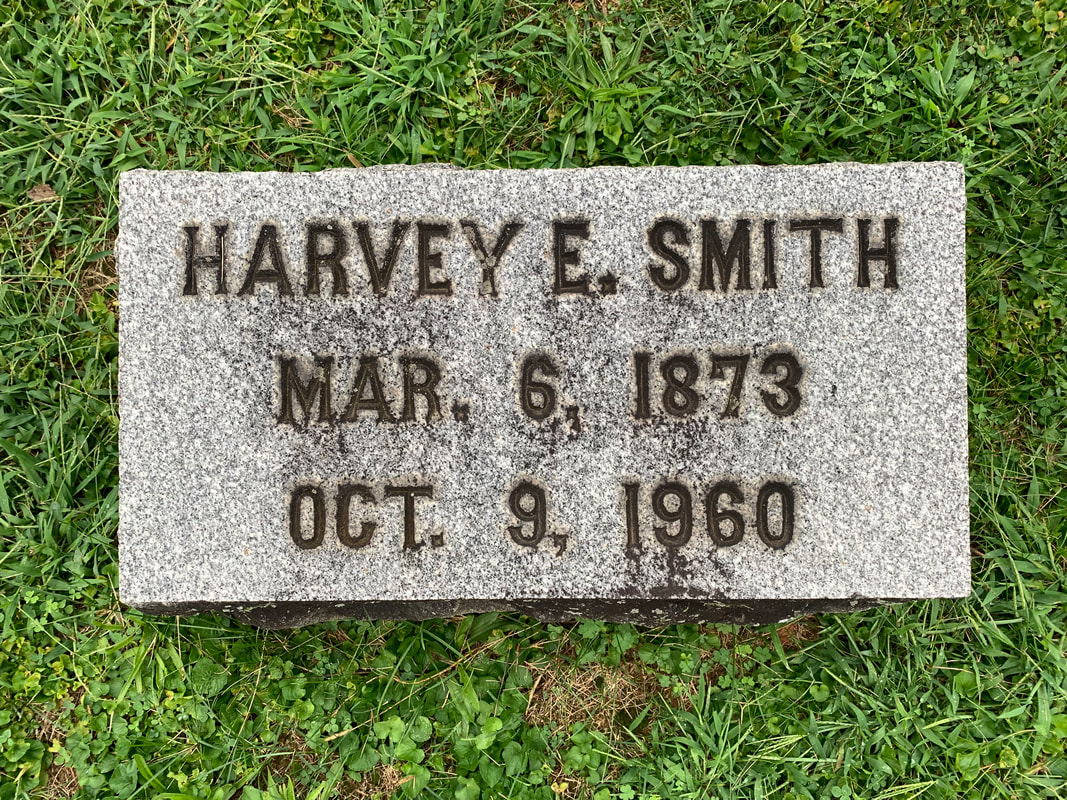


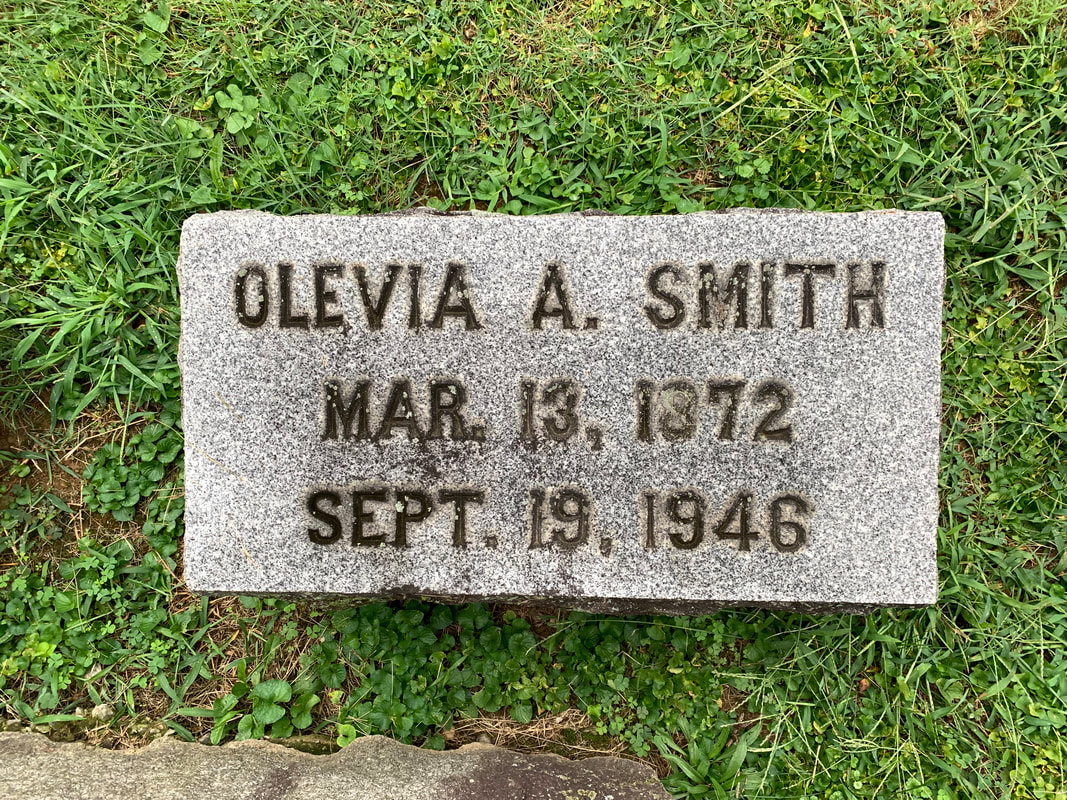

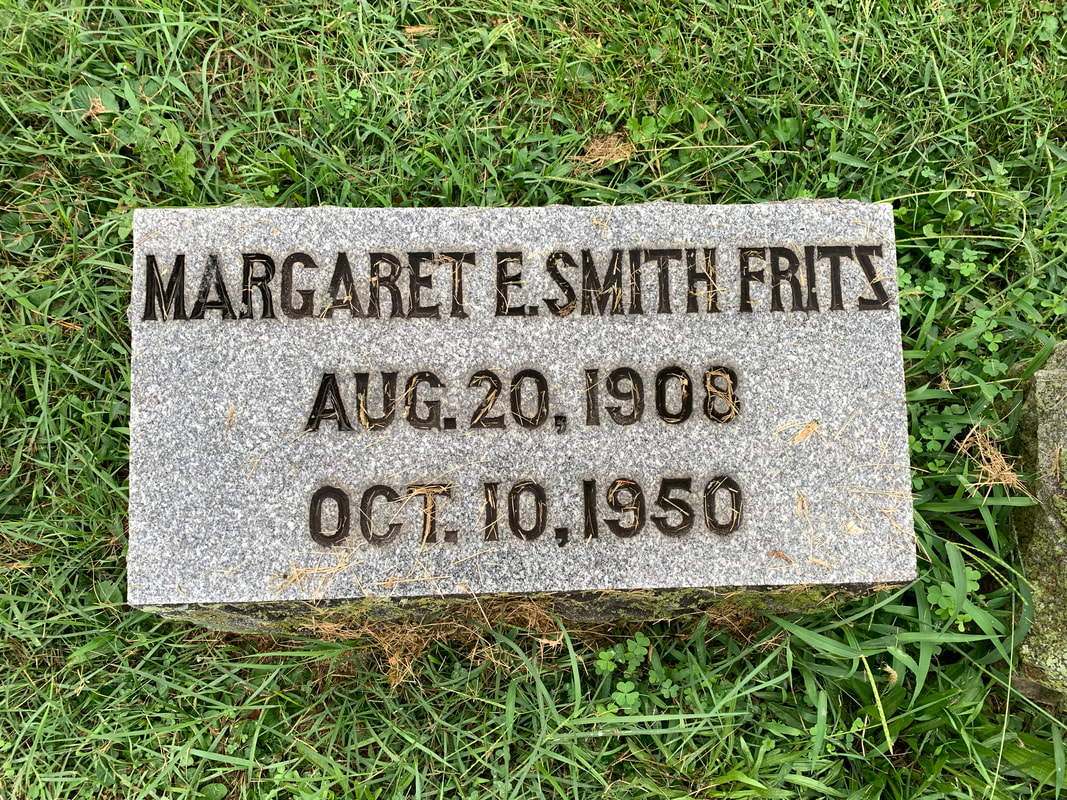
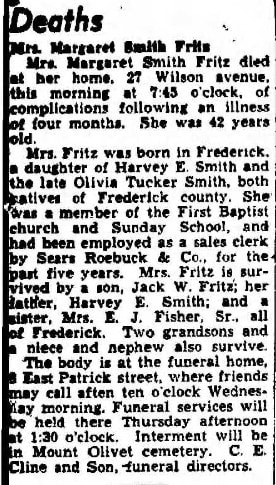
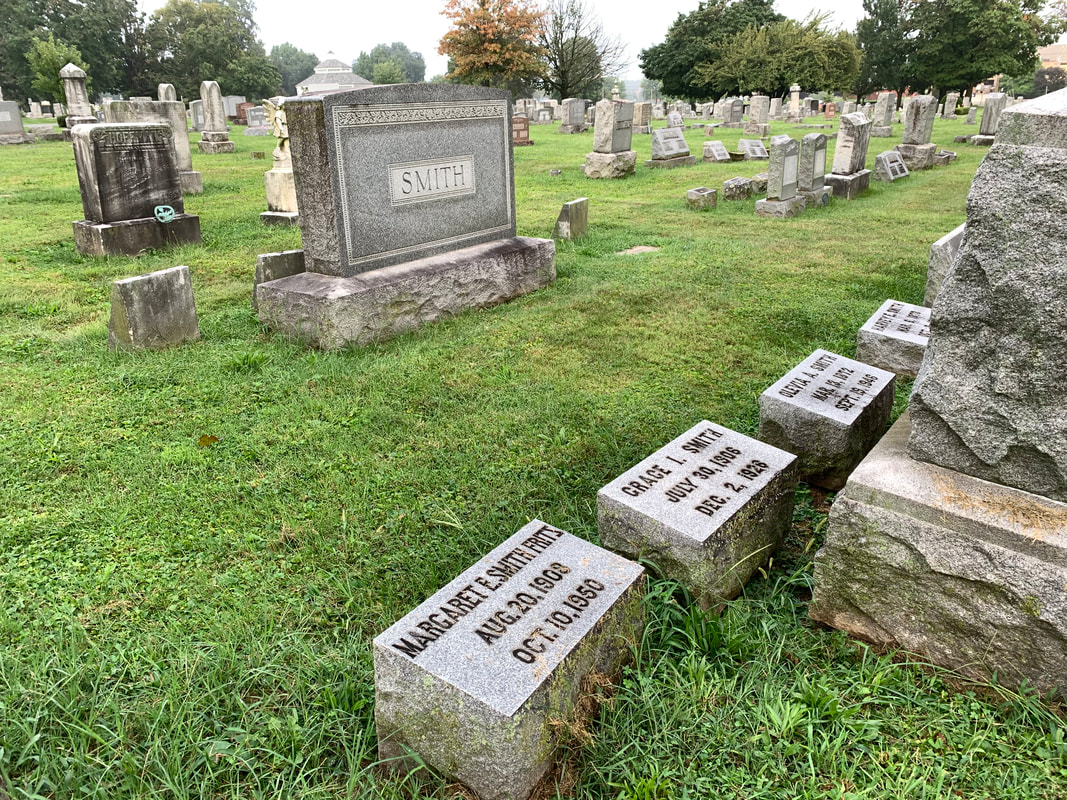
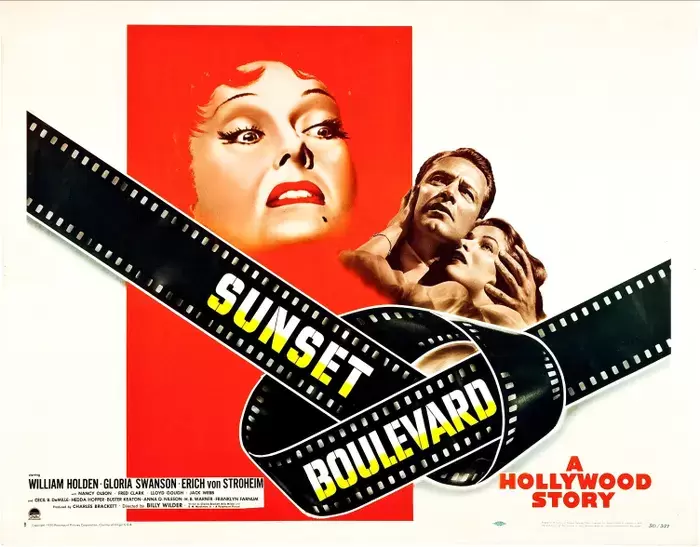
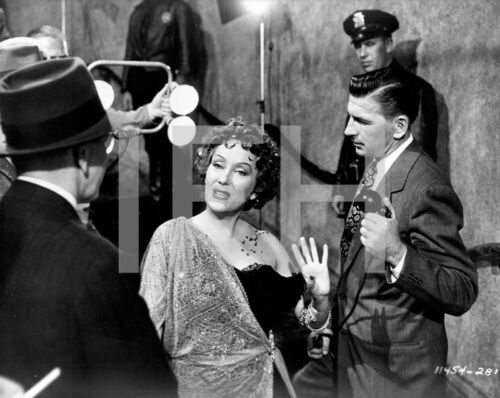
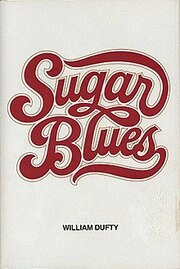


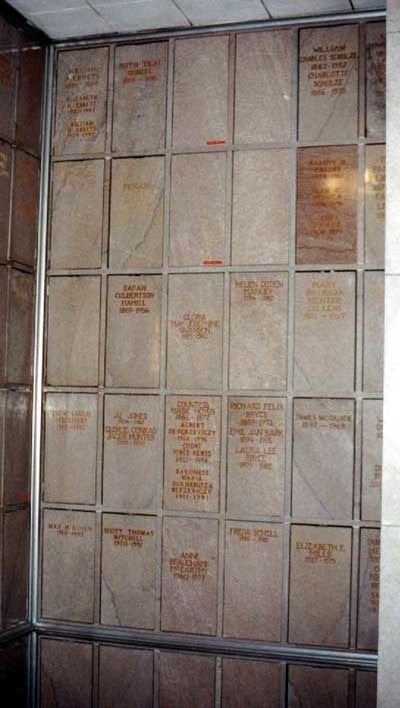
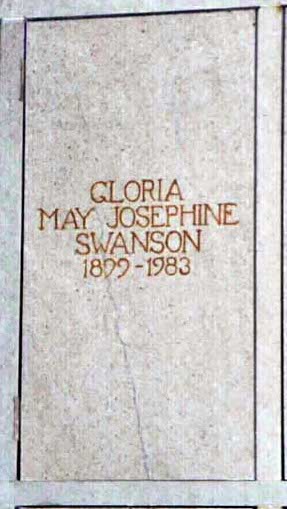
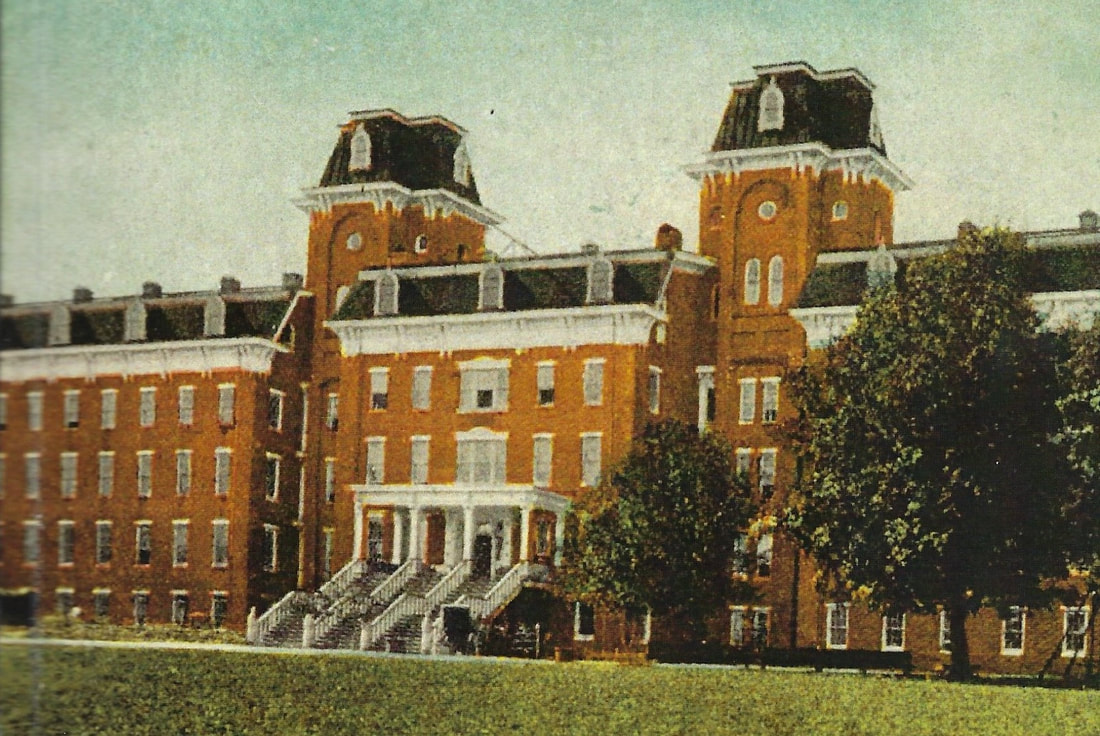
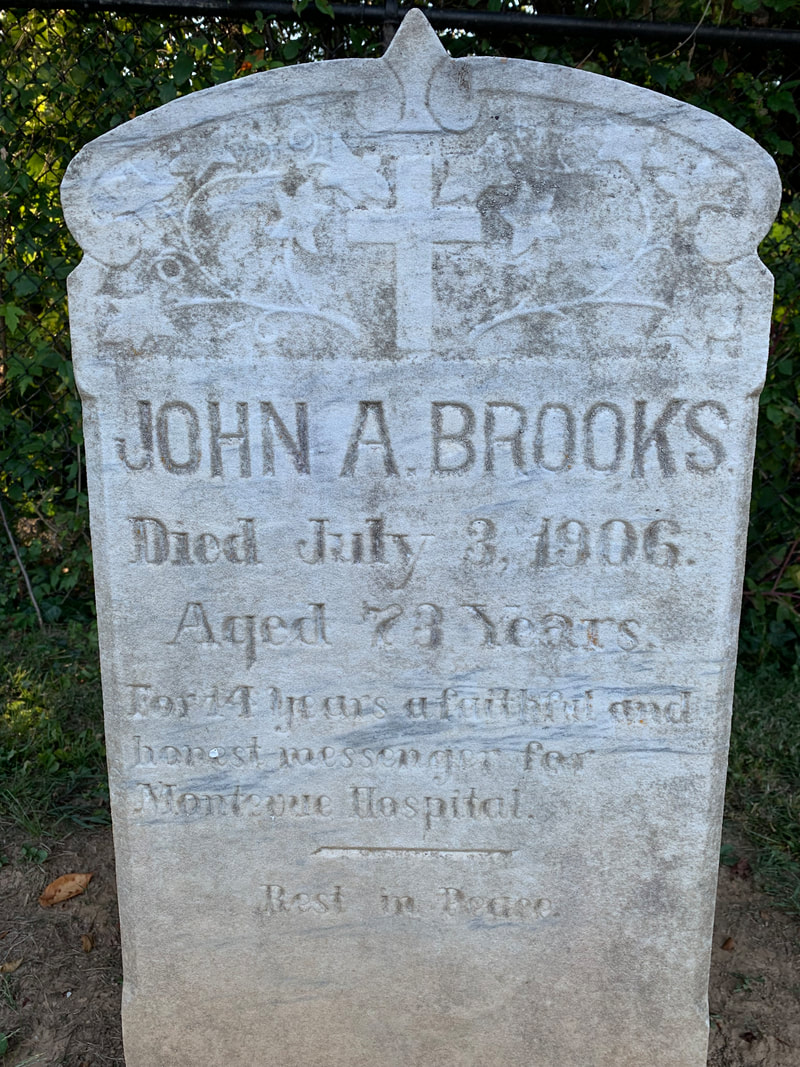
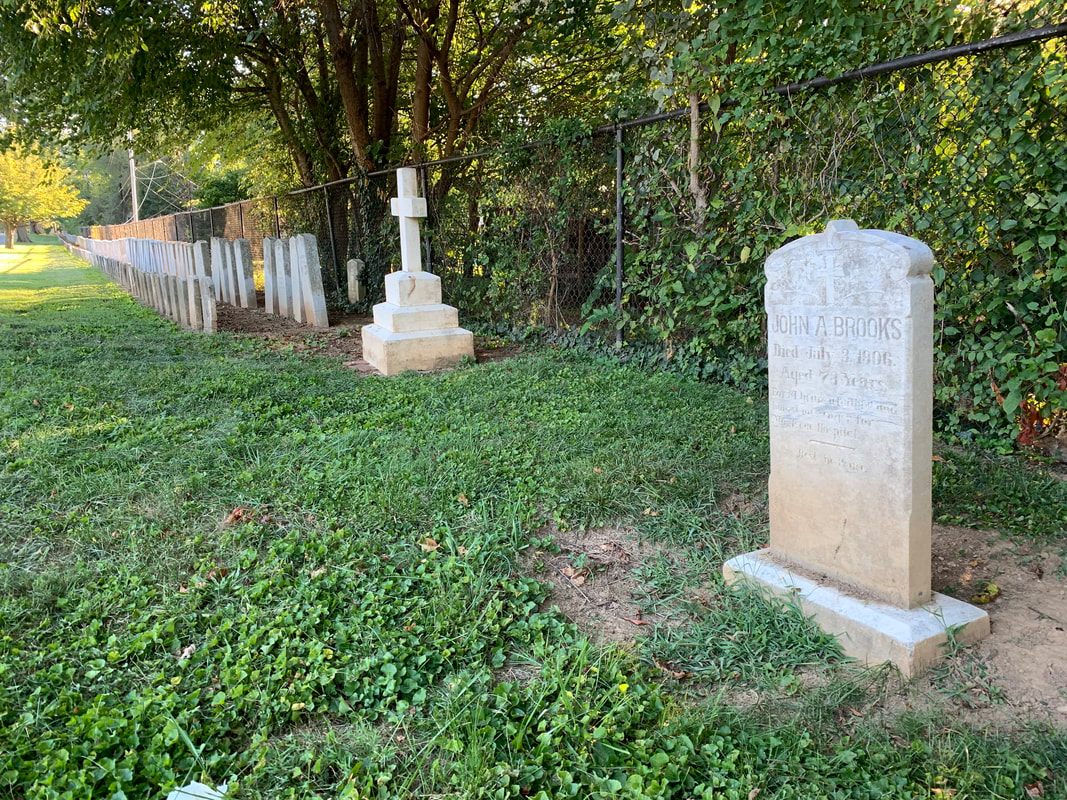
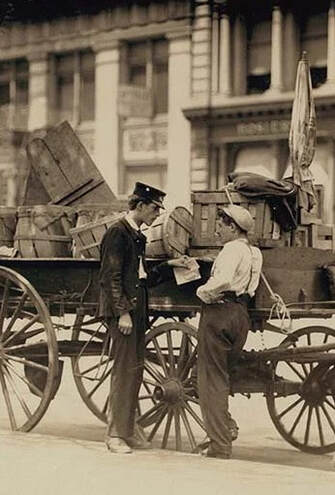
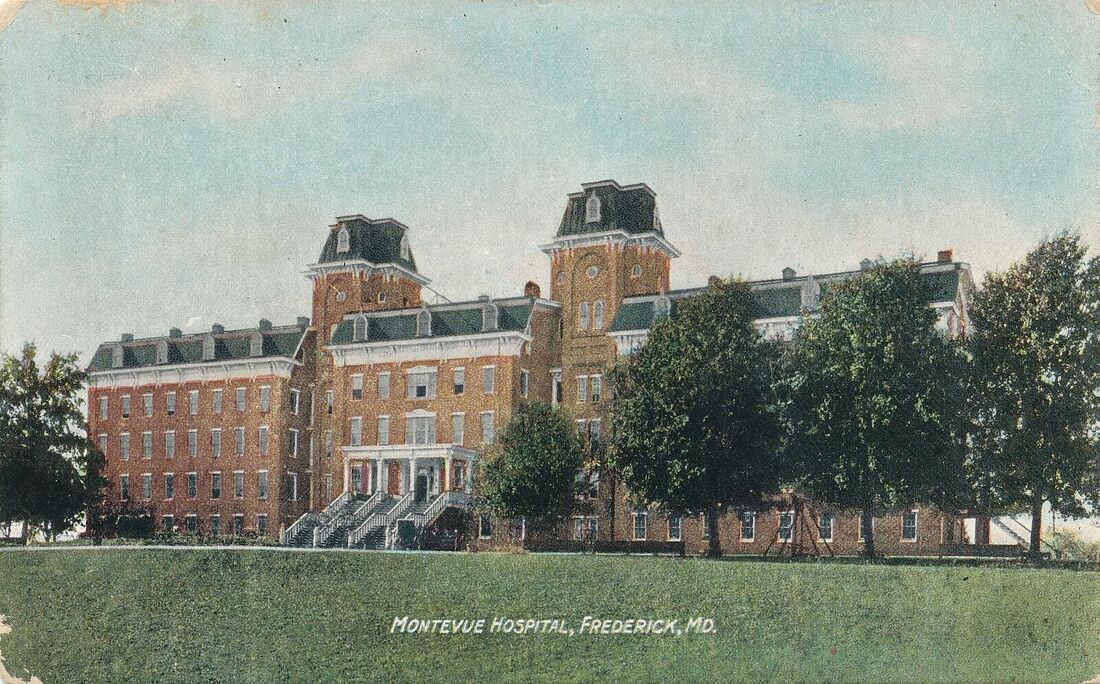
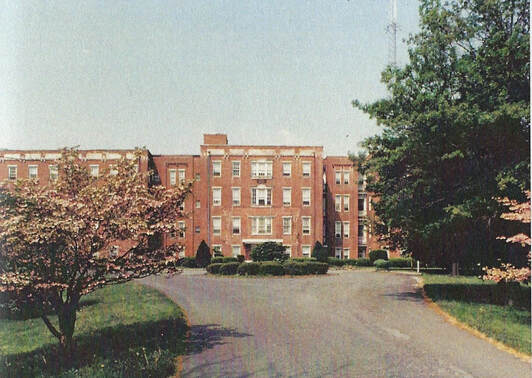
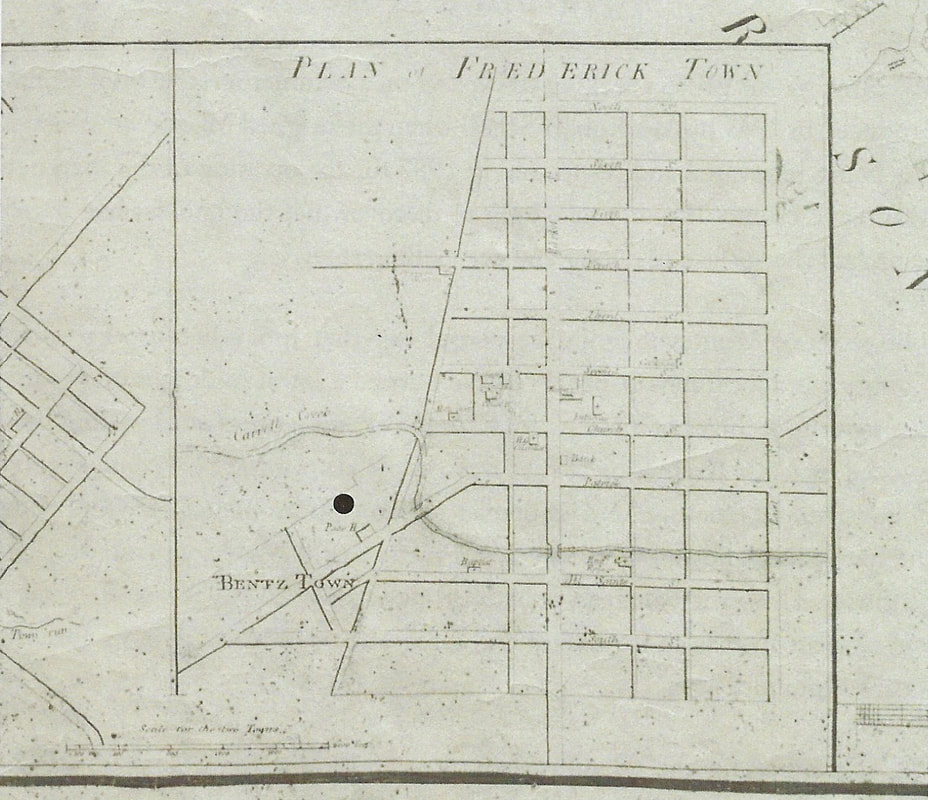
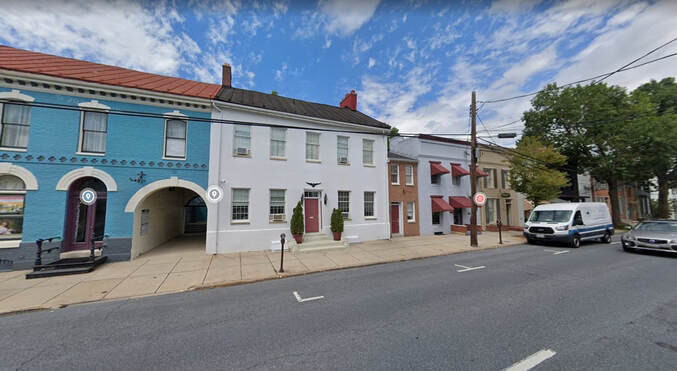
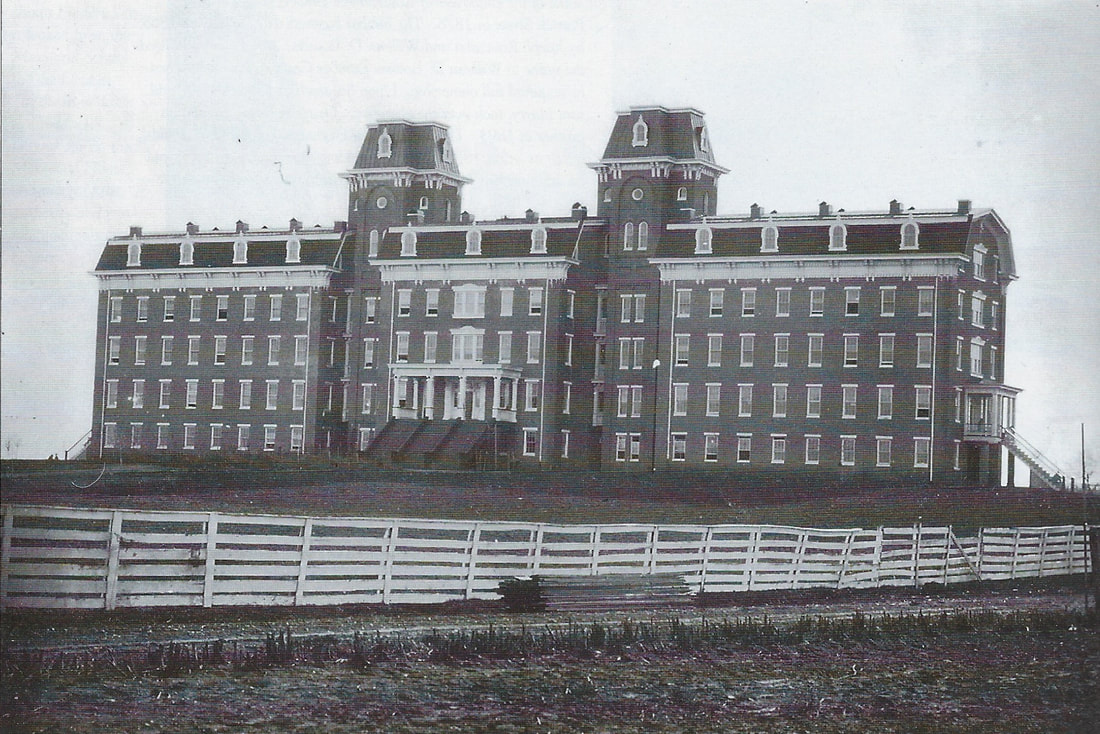
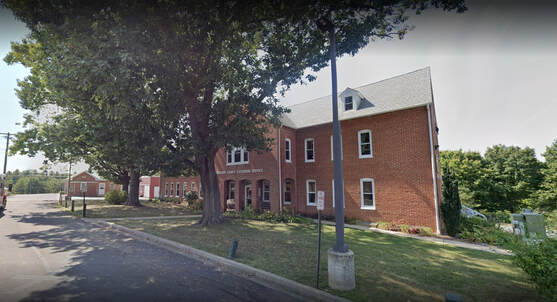
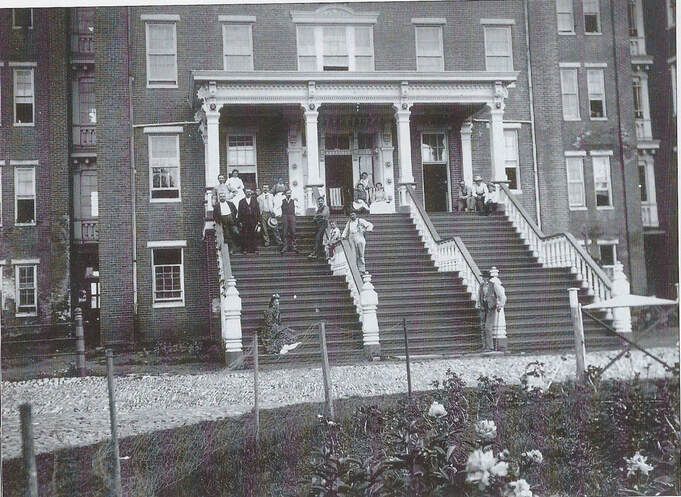
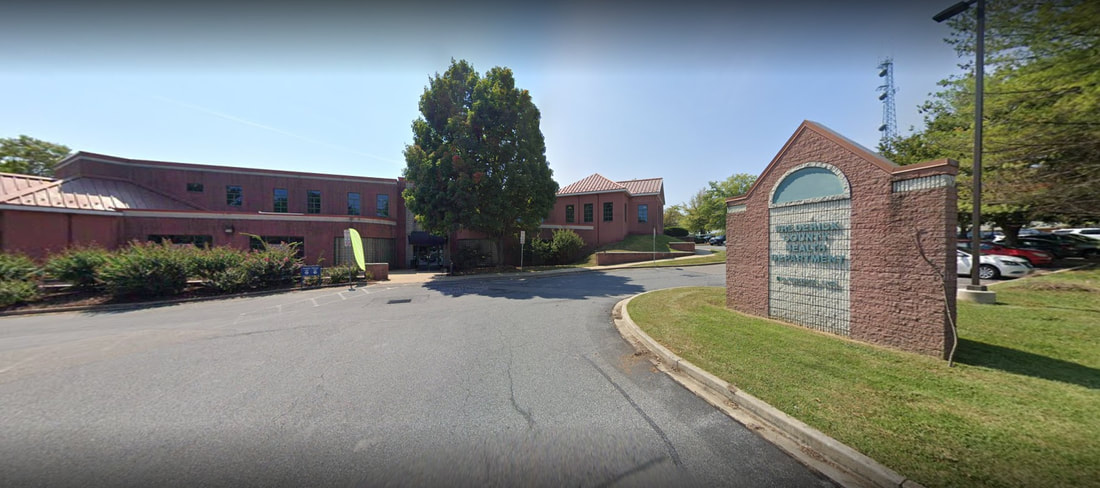


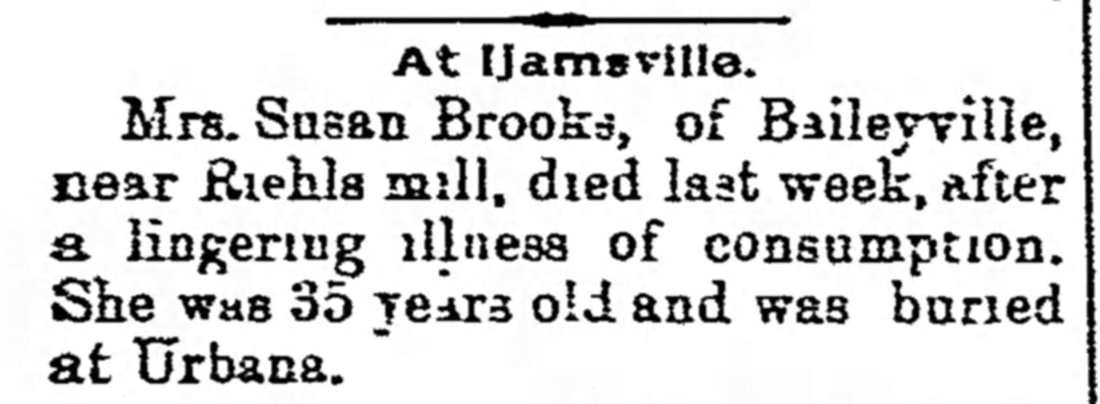
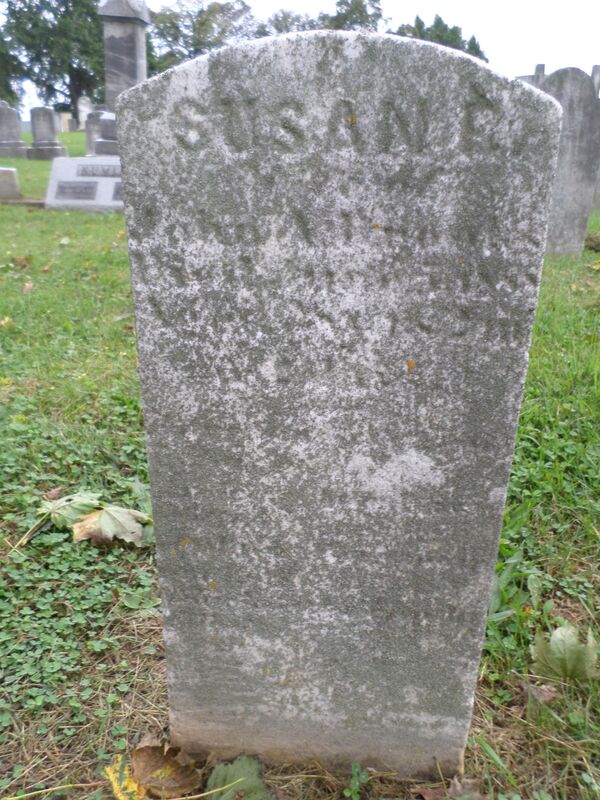

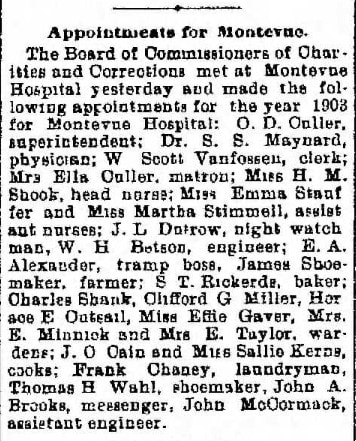
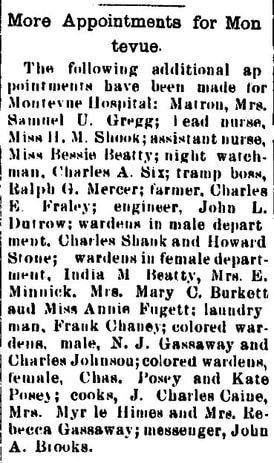
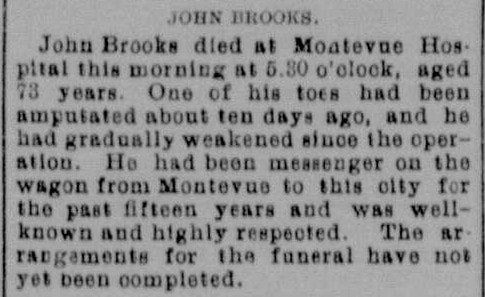
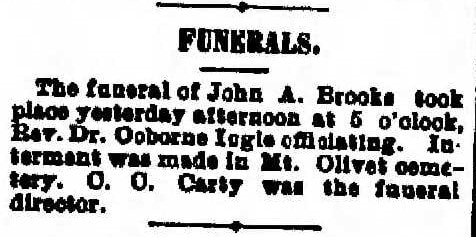
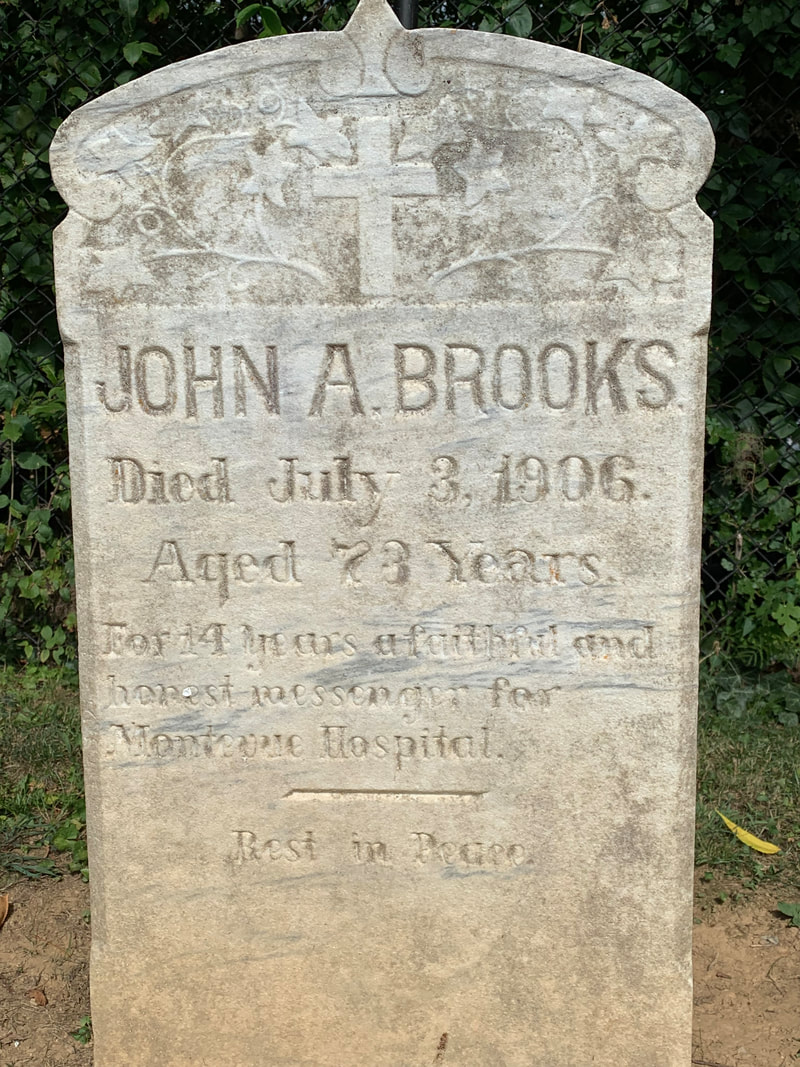

 RSS Feed
RSS Feed